In this step by step guide I will take you through all steps required to configure a highly available, 2-node MySQL cluster (plus witness server) in Microsoft Azure IaaS (Infrastructure as a Service). The guide includes both screenshots, shell commands and code snippets as appropriate. I assume that you are somewhat familiar with Microsoft Azure and already have an Azure account with an associated subscription. If not, you can sign up for a free account today. I’m also going to assume that you have basic linux system administration skills as well as understand basic failover clustering concepts like Virtual IPs, etc.
Disclaimer: Azure is a rapidly moving target. It’s getting better and better every day! As such, features/screens/buttons are bound to change over time so your experience may vary slightly from what you’ll see below. While this guide will show you how to make a MySQL database highly available, you could certainly adapt this information and process to protect other applications or databases, like SAP, Oracle, PostgreSQL, NFS file servers, and more.
These are the high level steps to create a highly available MySQL database within Microsoft Azure IaaS:
- Create a Resource Group
- Create a Virtual Network
- Create a Storage Account
- Create Virtual Machines in an Availability Set
- Set VM Static IP Addresses
- Add a Data Disk to cluster nodes
- Create Inbound Security Rule to allow VNC access
- Linux OS Configuration
- Install and Configure MySQL
- Install and Configure Cluster
- Create an Internal Load Balancer
- Test Cluster Connectivity
Overview
This article will describe how to create a cluster within a single Azure region. The cluster nodes (node1, node2 and the witness server) will reside in an Availability Set (3 different Fault Domains and Update Domains), thanks to the new Azure Resource Manager (ARM). We will be creating all resources using the new Azure Resource Manager.
The configuration will look like this:
The following IP addresses will be used:
- node1: 10.0.0.4
- node2: 10.0.0.5
- witness: 10.0.0.6
- virtual/”floating” IP: 10.0.0.99
- MySQL port: 3306
Create a Resource Group
First, create a Resource Group. Your resource group will end up containing all of the various objects related to our cluster deployment: virtual machines, virtual network, storage account, etc. Here we will call our newly created Resource Group “cluster-resources”.
Be mindful when selecting your region. All of your resources will need to reside within the same region. Here, we’ll be deploying everything into the “West US” region:
Create a Virtual Network (VNet)
Next, create a Virtual Network. A Virtual Network is an isolated network within the Azure cloud that is dedicated to you. You have full control over things like IP address blocks and subnets, routing, security policies (i.e. firewalls), DNS settings, and more. You will be launching your Azure Iaas virtual machines (VMs) into your Virtual Network.
Make sure you select Resource Manager as the deployment model anytime you are given the option:
Give your new Virtual Network a name (“virtual-network”) and make sure you select the resource group that was created in the previous step (“cluster-resources”). Your Virtual Network needs to reside in the same region as your Resource Group. We will leave the IP Address and Subnet values as default.
Create a Storage Account
Before you provision any Virtual Machines, you’ll need to create a Storage Account where they will be stored.
Again, make sure you select Resource Manager as the deployment model anytime you are given the option:
Next, give your new storage account a name. The storage account name must be unique across *ALL* of Azure. (Every object that you store in Azure Storage has a unique URL address. The storage account name forms the subdomain of that address.) In this example I call my storage account “linuxclusterstorage” but you’ll need to select something different as you setup your own.
Select a storage Type based on your requirements and budget. For the purposes of this guide, I selected “Standard-LRS” (i.e. Locally Redundant) to minimize cost.
Make sure your new Storage Account is added to the Resource Group you created in Step 1 (“cluster-resources”) in the same Location (“West US” in this example):
Create Virtual Machines in an Availability Set
We will be provisioning 3 Virtual Machines in this guide. The first two VMs (I’ll call them “node1” and “node2”) will function as cluster nodes with the ability to bring the MySQL database and it’s associated resources online. The 3rd VM will act as the cluster’s witness server for added protection against split-brain.
To ensure maximum availability, all 3 VMs will be added to the same Availability Set, ensuring that they will end up in different Fault Domains and Update Domains.
Create “node1” VM
Create your first VM (“node1”). In this guide we will be using CentOS 6.X:
Make sure you use the Resource Manager deployment model. It should be selected by default:
Give the VM a hostname (“node1”) and username/password that will later be used to SSH into the system. Make sure you add this VM to your Resource Group (“cluster-resources”) and that it resides in the same region as all of your other resources:
Next, choose your instance size. For more information on the various instance sizes available, click here.
For the purposes of this guide, I’m using “A3 Standard” for Node1 and Node2, to minimize cost since this won’t be running a production workload. I used an even smaller “A1 Standard” size for the witness server. Select the instance size that makes most sense for you.
If you want to be able to connect into the VM from the outside world, set a Public IP address. I did this so I can later SSH and VNC into the system
IMPORTANT: By default, your VM won’t be added to an Availability Set. On the Settings screen during make sure you create a new Availability Set, we’ll call “cluster-availability-set”. Azure Resource Manager (ARM) allows your to create Availability Sets with 3 Fault Domains. The default values here are fine:
Review your VM properties and click OK to create your first VM:
Create “node2” and “witness” VMs
Repeat the steps above twice to create two more VMs. I created another “A3 Standard” size VM called “node2” and an “A1 Standard” size VM called “witness”.
The only difference here is that you’ll be ADDING these VMs to the Availability Set (“cluster-availability-set”) we just created:
It may take a little while for your 3 VMs to provision. Once complete, you’ll see your VMs listed on the Virtual Machines screen within your Azure Portal:
Set VM Static IP Addresses
The VMs will be set with the following IP addresses:
- node1: 10.0.0.4
- node2: 10.0.0.5
- witness: 10.0.0.6
Repeat this step for each VM. Select your VM and edit the Network Interfaces
Select the network interface associated with the VM, and edit IP addresses. Select “Static” and specify the desired IP address:
Add a Data Disk to cluster nodes
Next, we will need to add a extra disk to of our cluster nodes (“node1” and “node2”). This disk will store our MySQL databases and the later be replicated between nodes.
Note: You do NOT need to add an extra disk to the “witness” node. Only “node1” and “node2”.
Edit your VM, select Disks and then attach a new disk:
Select a disk type (Standard or Premium SSD) and size based on your workload. Here I create a 10GB Standard disk on both of my cluster nodes. As far as Host caching goes, “None” or “Read only” caching is fine. I do not recommend using “Read/Write” as there is potential for data loss:
Create Inbound Security Rule to allow VNC access
If your VM is part of a Network Security Group (NSG), which by default it likely is unless you disabled it during VM creation, the only port open in the “Azure firewall” is SSH (port 22). Later in the guide, I’ll be using VNC to access the desktop of “node1” and configure the cluster using a GUI. Create an Inbound Security Rule to open up VNC access. In this guide port 5902 is used. Adjust this according based on your VNC configuration.
Virtual Machines -> (select node1) -> Network interfaces -> (select NIC) -> Network security group -> (select the NSG) -> Inbound security rules -> Add
Linux OS Configuration
Here is where we will leave the Azure Portal for a little while and get our hands dirty on the command line, which as a Linux administrator you should be used to by now. You aren’t given the root password to your Linux VMs in Azure, so once you login as the user specified during VM creation, use the “sudo” command to gain root privileges:
$sudo su -
Edit /etc/hosts
Unless you have already have a DNS server setup, you’ll want to create host file entries on all 3 servers so that they can properly resolve each other by name
Add the following lines to the end of your /etc/hosts file:
10.0.0.4 node1 10.0.0.5 node2 10.0.0.6 witness 10.0.0.99 mysql-vip
Disable SELinux
Edit /etc/sysconfig/linux and set “SELINUX=disabled”:
# vi /etc/sysconfig/selinux # This file controls the state of SELinux on the system. # SELINUX= can take one of these three values: # enforcing - SELinux security policy is enforced. # permissive - SELinux prints warnings instead of enforcing. # disabled - No SELinux policy is loaded. SELINUX=disabled # SELINUXTYPE= can take one of these two values: # targeted - Targeted processes are protected, # mls - Multi Level Security protection. SELINUXTYPE=targeted
Configure iptables so that cluster the Virtual IP will work
IMPORTANT: In order to get connectivity to the cluster Virtual IP to work, and also monitoring of the IP resource, a few iptables rules need to be setup. Note: 10.0.0.99 is the Virtual IP we’ll be using in our cluster, and 3306 is the default port used my MySQL.
On node1 (10.0.0.4), run the following commands:
# iptables --flush # iptables -t nat -A PREROUTING -p tcp --dport 3306 -j DNAT --to-destination 10.0.0.99:3306 # iptables -t nat -A POSTROUTING -p icmp -s 10.0.0.99 -j SNAT --to-source 10.0.0.4 # service iptables save # chkconfig iptables on
On Node2 (10.0.0.5), run the following commands:
# iptables --flush # iptables -t nat -A PREROUTING -p tcp --dport 3306 -j DNAT --to-destination 10.0.0.99:3306 # iptables -t nat -A POSTROUTING -p icmp -s 10.0.0.99 -j SNAT --to-source 10.0.0.5 # service iptables save # chkconfig iptables on
Install and Configure VNC (and related packages)
In order to access the GUI of our linux servers, to later configure our cluster, install VNC server on your cluster node. In my setup I only did this on “node1”
# yum install tigervnc-server xterm
# vncpasswd
# vi /etc/sysconfig/vncservers
VNCSERVERS="2:root"
VNCSERVERARGS[2]="-geometry 1024x768"
# service vncserver start
# chkconfig vncserver on
Test connectivity by opening a VNC client on your laptop/desktop, and connecting to the Public IP of your cluster node
Reboot Cluster Nodes
Reboot your cluster nodes so that SELinux is disabled, and the 2nd disk you previously added is detected. Only “node1” and “node2” need to be rebooted.
Partition and Format the “data” disk
In Step 6 of this guide (“Add a Data Disk to cluster nodes”) we did just that….added an extra disk to each cluster node to store the application data we will be protecting. In this case it happens to be MySQL databases.
In Azure IaaS, Linux Virtual Machines use the following arrangement for disks:
- /dev/sda – OS disk
- /dev/sdb – temporary disk
- /dev/sdc – 1st data disk
- /dev/sdd – 2nd data disk
- …
- /dev/sdj – 8th data disk
The disk we added in Step 6 of this guide should appear as /dev/sdc. You can run the “fdisk -l” command to verify. You’ll see that /dev/sda (OS) and /dev/sdb (temporary) already have disk partitions and are being used.
# fdisk -l Disk /dev/sdb: 306.0 GB, 306016419840 bytes 255 heads, 63 sectors/track, 37204 cylinders Units = cylinders of 16065 * 512 = 8225280 bytes Sector size (logical/physical): 512 bytes / 512 bytes I/O size (minimum/optimal): 512 bytes / 512 bytes Disk identifier: 0xd3920649 Device Boot Start End Blocks Id System /dev/sdb1 * 1 37205 298842112 83 Linux Disk /dev/sdc: 10.7 GB, 10737418240 bytes 255 heads, 63 sectors/track, 1305 cylinders Units = cylinders of 16065 * 512 = 8225280 bytes Sector size (logical/physical): 512 bytes / 512 bytes I/O size (minimum/optimal): 512 bytes / 512 bytes Disk identifier: 0x00000000 Disk /dev/sda: 32.2 GB, 32212254720 bytes 255 heads, 63 sectors/track, 3916 cylinders Units = cylinders of 16065 * 512 = 8225280 bytes Sector size (logical/physical): 512 bytes / 512 bytes I/O size (minimum/optimal): 512 bytes / 512 bytes Disk identifier: 0x000c23d3 Device Boot Start End Blocks Id System /dev/sda1 * 1 3789 30432256 83 Linux /dev/sda2 3789 3917 1024000 82 Linux swap / Solaris
Here I will create a partition (/dev/sdc1), format it, and mount it at the default location for MySQL, which is /var/lib/mysql. Perform the following steps on BOTH “node1” and “node2”:
# fdisk /dev/sdc
Command (m for help): n
Command action
e extended
p primary partition (1-4)
p
Partition number (1-4): 1
First cylinder (1-1305, default 1): <enter>
Using default value 1
Last cylinder, +cylinders or +size{K,M,G} (1-1305, default 1305): <enter>
Using default value 1305
Command (m for help): w
The partition table has been altered!
Calling ioctl() to re-read partition table.
Syncing disks.
[root@node1 ~]#
# mkfs.ext4 /dev/sdc1
# mkdir /var/lib/mysql
On node1, mount the filesystem:
# mount /dev/sdc1 /var/lib/mysql
Install and Configure MySQL
Next, install install the MySQL packages, initialize a sample database, and set “root” password for MySQL.
On “node1”:
# yum -y install mysql mysql-server
# /usr/bin/mysql_install_db --datadir="/var/lib/mysql/" --user=mysql
# mysqld_safe --user=root --socket=/var/lib/mysql/mysql.sock --port=3306 --datadir=/var/lib/mysql --log &
#
# # NOTE: This next command allows remote connections from ANY host. NOT a good idea for production!
# echo “update user set Host='%' where Host='node1'; flush privileges | mysql mysql
#
# #Set MySQL's root password to 'SIOS'
# echo "update user set Password=PASSWORD('SIOS') where User='root'; flush privileges" | mysql mysql
Create a MySQL configuration file. We will place this on the data disk (that will later be replicated – /var/lib/mysql/my.cnf). Example:
# vi /var/lib/mysql/my.cnf [mysqld] datadir=/var/lib/mysql socket=/var/lib/mysql/mysql.sock pid-file=/var/lib/mysql/mysqld.pid user=root port=3306 # Disabling symbolic-links is recommended to prevent assorted security risks symbolic-links=0 [mysqld_safe] log-error=/var/log/mysqld.log pid-file=/var/run/mysqld/mysqld.pid [client] user=root password=SIOS
Delete the original MySQL configuration file, located in /etc, if it exists:
# rm /etc/my.cnf
On “node2”:
On “node2”, you ONLY need to install the MySQL packages. The other steps aren’t required:
[root@node2 ~]# yum -y install mysql mysql-server
Install and Configure the Cluster
At this point, we are ready to install and configure our cluster. SIOS Protection Suite for Linux (aka SPS-Linux) will be used in this guide as the clustering technology. It provides both high availability failover clustering features (LifeKeeper) as well as real-time, block level data replication (DataKeeper) in a single, integrated solution. SPS-Linux enables you to deploy a “SANLess” cluster, aka a “shared nothing” cluster meaning that cluster nodes don’t have any shared storage, as is the case with Azure VMs.
Install SIOS Protection Suite for Linux
Perform the following steps on ALL 3 VMs (node1, node2, witness):
Download the SPS-Linux installation image file (sps.img) and and obtain either a trial license or purchase permanent licenses. Contact SIOS for more information.
You will loopback mount it and run the “setup” script inside, as root (or first “sudo su -” to obtain a root shell)
For example:
# mkdir /tmp/install # mount -o loop sps.img /tmp/install # cd /tmp/install # ./setup
During the installation script, you’ll be prompted to answer a number of questions. You will hit Enter on almost every screen to accept the default values. Note the following exceptions:
- On the screen titled “High Availability NFS” you may select “n” as we will not be creating a highly available NFS server
- Towards the end of the setup script, you can choose to install a trial license key now, or later. We will install the license key later, so you can safely select “n” at this point
- In the final screen of the “setup” select the ARKs (Application Recovery Kits, i.e. “cluster agents”) you wish to install from the list displayed on the screen.
- The ARKs are ONLY required on “node1” and “node2”. You do not need to install on “witness”
- Navigate the list with the up/down arrows, and press SPACEBAR to select the following:
- lkDR – DataKeeper for Linux
- lkSQL – LifeKeeper MySQL RDBMS Recovery Kit
- This will result in the following additional RPMs installed on “node1” and “node2”:
- steeleye-lkDR-9.0.2-6513.noarch.rpm
- steeleye-lkSQL-9.0.2-6513.noarch.rpm
Install Witness/Quorum package
The Quorum/Witness Server Support Package for LifeKeeper (steeleye-lkQWK) combined with the existing failover process of the LifeKeeper core allows system failover to occur with a greater degree of confidence in situations where total network failure could be common. This effectively means that failovers can be done while greatly reducing the risk of “split-brain” situations.
Install the Witness/Quorum rpm on all 3 nodes (node1, node2, witness):
# cd /tmp/install/quorum # rpm -Uvh steeleye-lkQWK-9.0.2-6513.noarch.rpm
On ALL 3 nodes (node1, node2, witness), edit /etc/default/LifeKeeper, set
NOBCASTPING=1
On ONLY the Witness server (“witness”), edit /etc/default/LifeKeeper, set
WITNESS_MODE=off/none
Install a License key
On all 3 nodes, use the “lkkeyins” command to install the license file that you obtained from SIOS:
# /opt/LifeKeeper/bin/lkkeyins <path_to_file>/<filename>.lic
Start LifeKeeper
On all 3 nodes, use the “lkstart” command to start the cluster software:
# /opt/LifeKeeper/bin/lkstart
Set User Permissions for LifeKeeper GUI
On all 3 nodes, edit /etc/group and add the “tony” user (or whatever username you specified during VM creation) to the “lkadmin” group to grant access to the LifeKeeper GUI. By default only “root” is a member of the group, and we don’t have the root password in :
# vi /etc/group lkadmin:x:1001:root,tony
Open the LifeKeeper GUI
Make a VNC connection to the Public IP address of node1. Based on the VNC and Inbound Security Rule configuration from above, you would connect to <Public_IP>:2 using the VNC password you specified earlier. Once logged in, open a terminal window and run the LifeKeeper GUI using the following command:
# /opt/LifeKeeper/bin/lkGUIapp &
You will be prompted to connect to your first cluster node (“node1”). Enter the linux userid and password specified during VM creation:
Next, connect to both “node2” and “witness” by clicking the “Connect to Server” button highlighted in the following screenshot:
You should now see all 3 servers in the GUI, with a green checkmark icon indicating they are online and healthy:
Create Communication Paths
Right-click on “node1” and select Create Comm Path
Select BOTH “node2” and “witness” and then follow the wizard. This will create comm paths between:
- node1 & node2
- node1 & witness
A comm path still needs to be created between node2 & witness. Right click on “node2” and select Create Comm Path. Follow the wizard and select “witness” as the remote server:
At this point the following comm paths have been created:
- node1 <—> node2
- node1 <—> witness
- node2 <—> witness
The icons in front of the servers have changed from a green “checkmark” to a yellow “hazard sign”. This is because we only have a single communication path between nodes.
If the VMs had multiple NICs (information on creating Azure VMs with multiple NICs can be found here, but won’t be covered in this article), you would create redundant comm paths between each server.
To remove the warning icons, go to the View menu and de-select “Comm Path Redundancy Warning”:
Result:
Verify Communication Paths
Use the “lcdstatus” command to view the state of cluster resources. Run the following commands to verify that you have correctly created comm paths on each node to the other two servers involved:
# /opt/LifeKeeper/bin/lcdstatus -q -d node1
MACHINE NETWORK ADDRESSES/DEVICE STATE PRIO
node2 TCP 10.0.0.4/10.0.0.5 ALIVE 1
witness TCP 10.0.0.4/10.0.0.6 ALIVE 1
#/opt/LifeKeeper/bin/lcdstatus -q -d node2
MACHINE NETWORK ADDRESSES/DEVICE STATE PRIO
node1 TCP 10.0.0.5/10.0.0.4 ALIVE 1
witness TCP 10.0.0.5/10.0.0.6 ALIVE 1
#/opt/LifeKeeper/bin/lcdstatus -q -d witness
MACHINE NETWORK ADDRESSES/DEVICE STATE PRIO
node1 TCP 10.0.0.6/10.0.0.4 ALIVE 1
node2 TCP 10.0.0.6/10.0.0.5 ALIVE 1
Create a Data Replication cluster resource (i.e. Mirror)
Next, create a Data Replication resource to replicate the /var/lib/mysql partition from node1 (source) to node2 (target). Click the “green plus” icon to create a new resource:
Follow the wizard with these selections:
Please Select Recovery Kit: Data Replication Switchback Type: intelligent Server: node1 Hierarchy Type: Replicate Exiting Filesystem Existing Mount Point: /var/lib/mysql Data Replication Resource Tag: datarep-mysql File System Resource Tab: /var/lib/mysql Bitmap File: (default value) Enable Asynchronous Replication: No
After the resource has been created, the “Extend” (i.e. define backup server) wizard will appear. Use the following selections:
Target Server: node2 Switchback Type: Intelligent Template Priority: 1 Target Priority: 10 Target Disk: /dev/sdc1 Data Replication Resource Tag: datarep-mysql Bitmap File: (default value) Replication Path: 10.0.0.4/10.0.0.5 Mount Point: /var/lib/mysql Root Tag: /var/lib/mysql
The cluster will look like this:
Create Virtual IP
Next, create a Virtual IP cluster resource. Click the “green plus” icon to create a new resource:
Follow the wizard with to create the IP resource with these selections:
Select Recovery Kit: IP Switchback Type: Intelligent IP Resource: 10.0.0.99 Netmask: 255.255.255.0 Network Interface: eth0 IP Resource Tag: ip-10.0.0.99
Extend the IP resource with these selections:
Switchback Type: Intelligent Template Priority: 1 Target Priority: 10 IP Resource: 10.0.0.99 Netmask: 255.255.255.0 Network Interface: eth0 IP Resource Tag: ip-10.0.0.99
Configure a Ping List for the IP resource
By default, SPS-Linux monitors the health of IP resources by performing a broadcast ping. In many virtual and cloud environments, broadcast pings don’t work. In a previous step, we set “NOBCASTPING=1” in /etc/default/LifeKeeper to turn off broadcast ping checks. Instead, we will define a ping list. This is a list of IP addresses to be pinged during IP health checks for this IP resource. In this guide, we will add the witness server (10.0.0.6) to our ping list.
Right click on the IP resource (ip-10.0.0.99) and select Properties:
You will see that initially, no ping list is configured for our 10.0.0.0 subnet. Click “Modify Ping List”:
Enter “10.0.0.6” (the IP address of our witness server), click “Add address” and finally click “Save List”:
You will be returned to the IP properties panel, and can verify that 10.0.0.6 has been added to the ping list. Click OK to close the window:
Create the MySQL resource hierarchy
Next, create a MySQL cluster resource. The MySQL resource is responsible for stopping/starting/monitoring of your MySQL database. To create, click the “green plus” icon to create a new resource:
Follow the wizard with to create the IP resource with these selections:
Select Recovery Kit: MySQL Database Switchback Type: Intelligent Server: node1 Location of my.cnf: /var/lib/mysql Location of MySQL executables: /usr/bin Database Tag: mysql
Extend the IP resource with the following selections:
Target Server: node2 Switchback Type: intelligent Template Priority: 1 Target Priority: 10
As a result, your cluster will look as follows. Notice that the Data Replication resource was automatically moved underneath the database (dependency automatically created) to ensure it’s always brought online before the database:
Create a Dependency between the IP resource and the MySQL Database resource
Create a dependency between the IP resource and the MySQL Database resource so that they failover together as a group. Right click on the “mysql” resource and select “Create Dependency”:
On the following screen, select the “ip-10.0.0.99” resource as the dependency. Click Next and continue through the wizard:
At this point the SPS-Linux cluster configuration is complete. The resource hierarchy will look as follows:
Create an Internal Load Balancer
If this was a typical on-premises cluster using either physical or virtual servers, you’d be done at this point. Clients and Applications would connect into the Virtual IP of the cluster (10.0.0.99) to reach the active node. In Azure, this doesn’t work without some additional configuration.
You will notice that you can’t connect to the Virtual IP from any server other than the node that is currently active. Most cloud providers, including Azure, do not allow or support gratuitous ARPs which is the reason you can’t connect to the Virtual IP directly.
To workaround this, Azure provides a feature were you can setup an Internal Load Balancer (ILB). Essentially, when you connect to the IP address of the ILB (which we will actually set to be the same as the cluster’s Virtual IP – 10.0.0.99) you are routed to the currently active cluster node.
Create a Load Balancer:
Give it a name, select “Internal” as the scheme, make sure your virtual network and subnet are properly selected, and assign a static IP that is the same as the cluster’s Virtual IP address. In this example it’s 10.0.0.99:
Next, add a backend pool behind the load balancer. This how you place the two cluster VMs behind this load balancer
Select both of your cluster nodes (node1, node2) and add them to the Backend Pool:
Once saved, expand the backend pool (called “ILBBackEnd” here) and you’ll see both VMs underneath along with their status and IPs. It may take a few seconds before the screen updates:
Next, configure a probe for your ILB. The probe checks the health of a service behind the ILB to determine which node to route traffic to. Here we will specify port 3306, which is the default for MySQL:
Finally, complete the ILB configuration by creating a Load Balancing Rule. TCP, Port 3306, and make sure you select “Enabled” for “Floating IP (direct server return)”:
Test Cluster Connectivity
At this point, all of our Azure and Cluster configurations are complete!
Cluster resources are currently active on node1:
SSH into the witness server, “sudo su -” to gain root access. Install the mysql client if needed:
[root@witness ~]# yum -y install mysql
Test MySQL connectivity to the cluster:
[root@witness ~]# mysql --host=10.0.0.99 mysql -u root -p
Execute the following MySQL query to display the hostname of the active cluster node:
mysql> select @@hostname; +------------+ | @@hostname | +------------+ | node1 | +------------+ 1 row in set (0.00 sec) mysql>
Using LifeKeeper GUI, failover from Node1 -> Node2″. Right click on the mysql resource underneath node2, and select “In Service…”:
After failover:
After failover has completed, re-run the MySQL query. You’ll notice that the MySQL client has detected that the session was lost (during failover) and automatically reconnects:
Execute the following MySQL query to display the hostname of the active cluster node, verifying that now “node2” is active:
mysql> select @@hostname; ERROR 2006 (HY000): MySQL server has gone away No connection. Trying to reconnect... Connection id: 48 Current database: mysql +------------+ | @@hostname | +------------+ | node2 | +------------+ 1 row in set (0.56 sec) mysql>
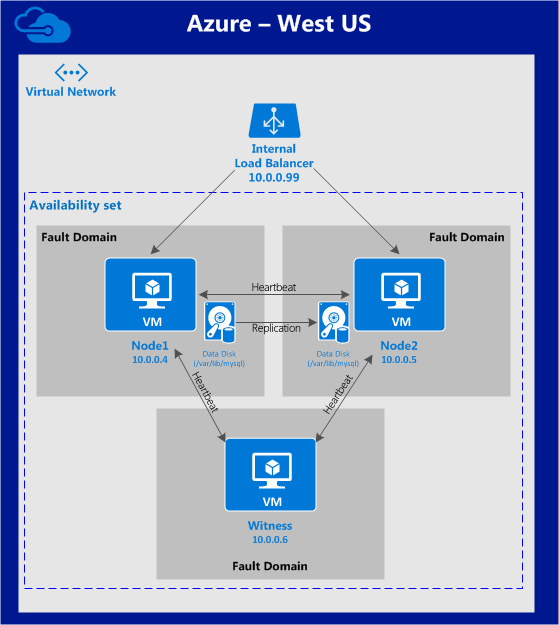
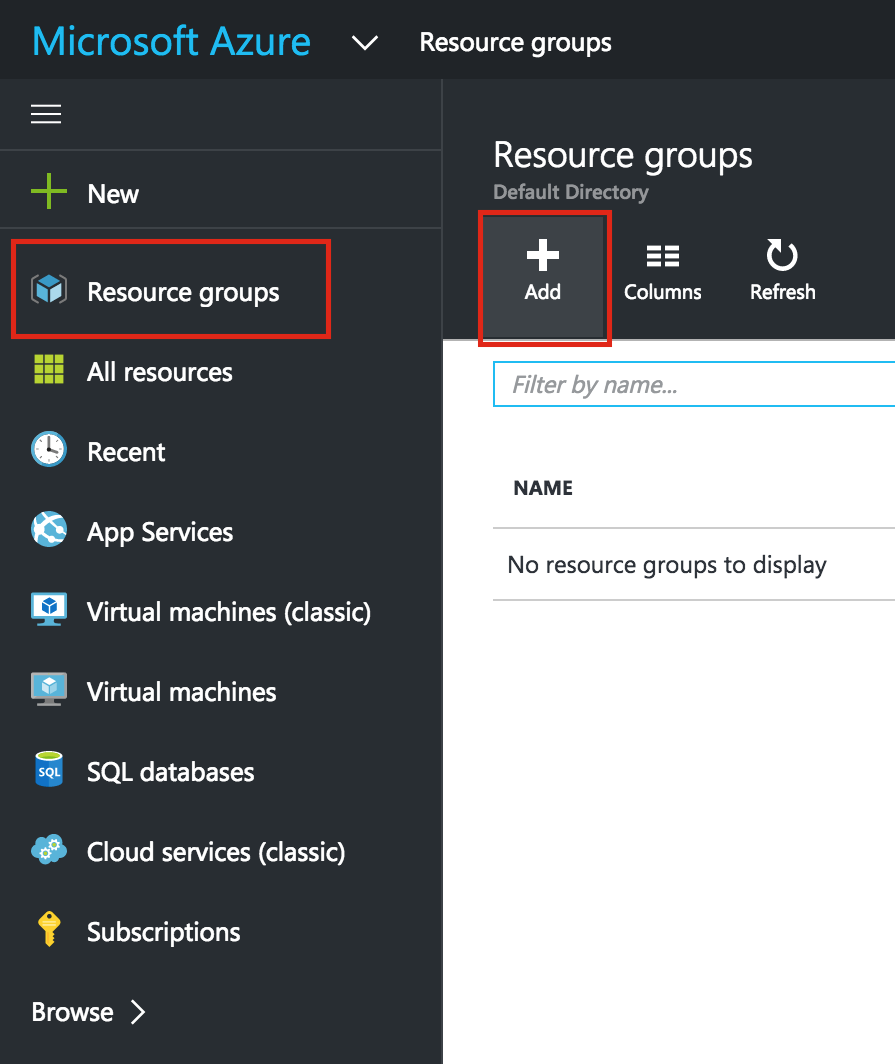
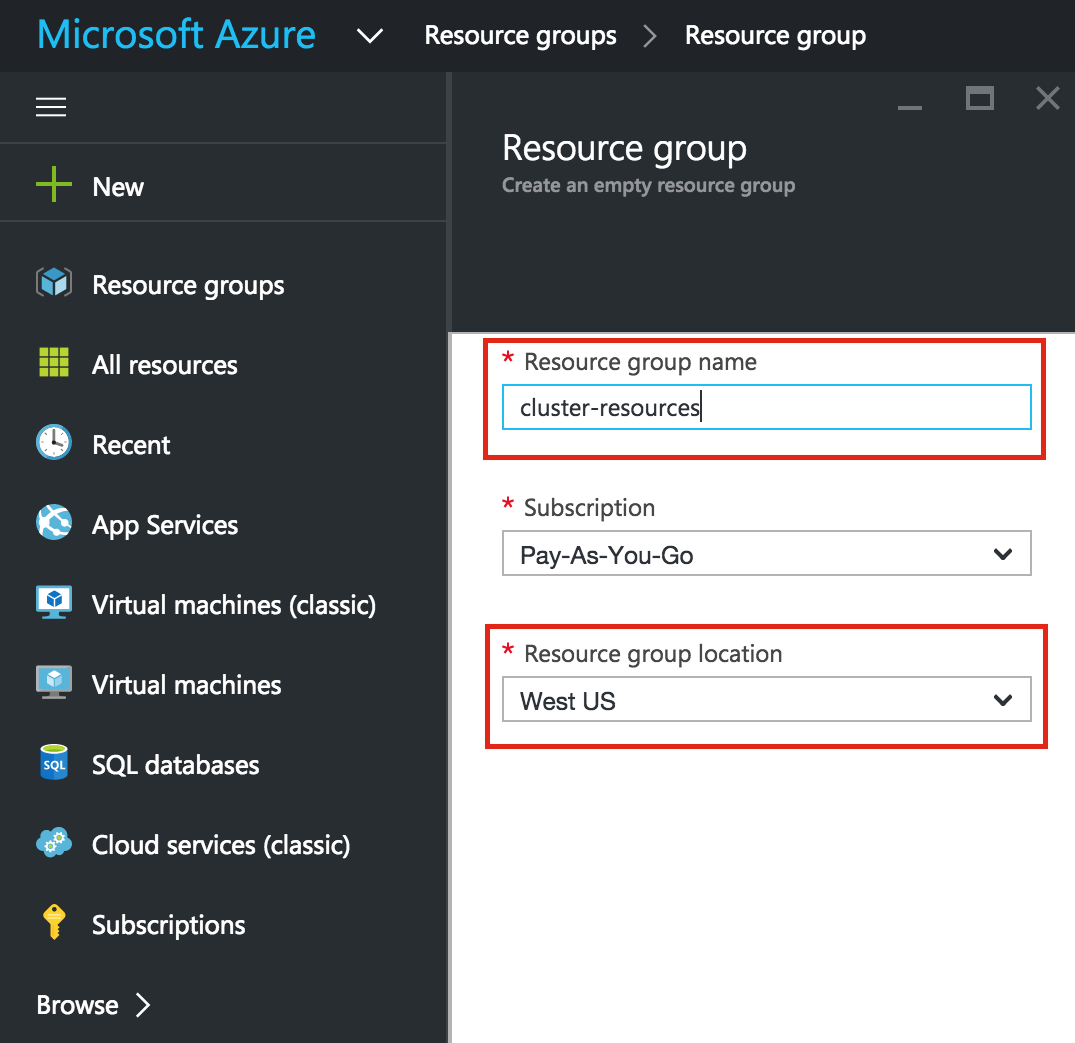
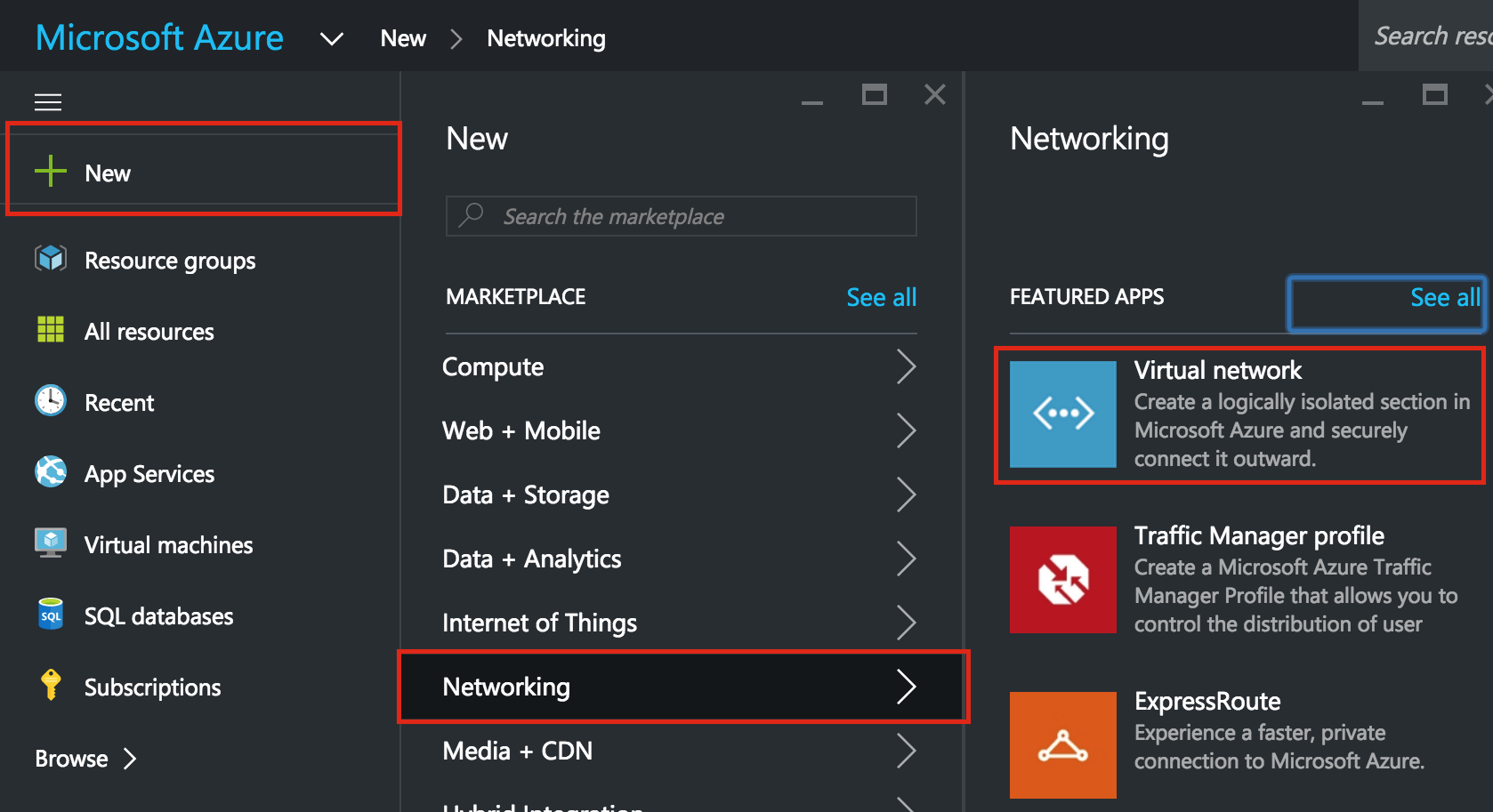
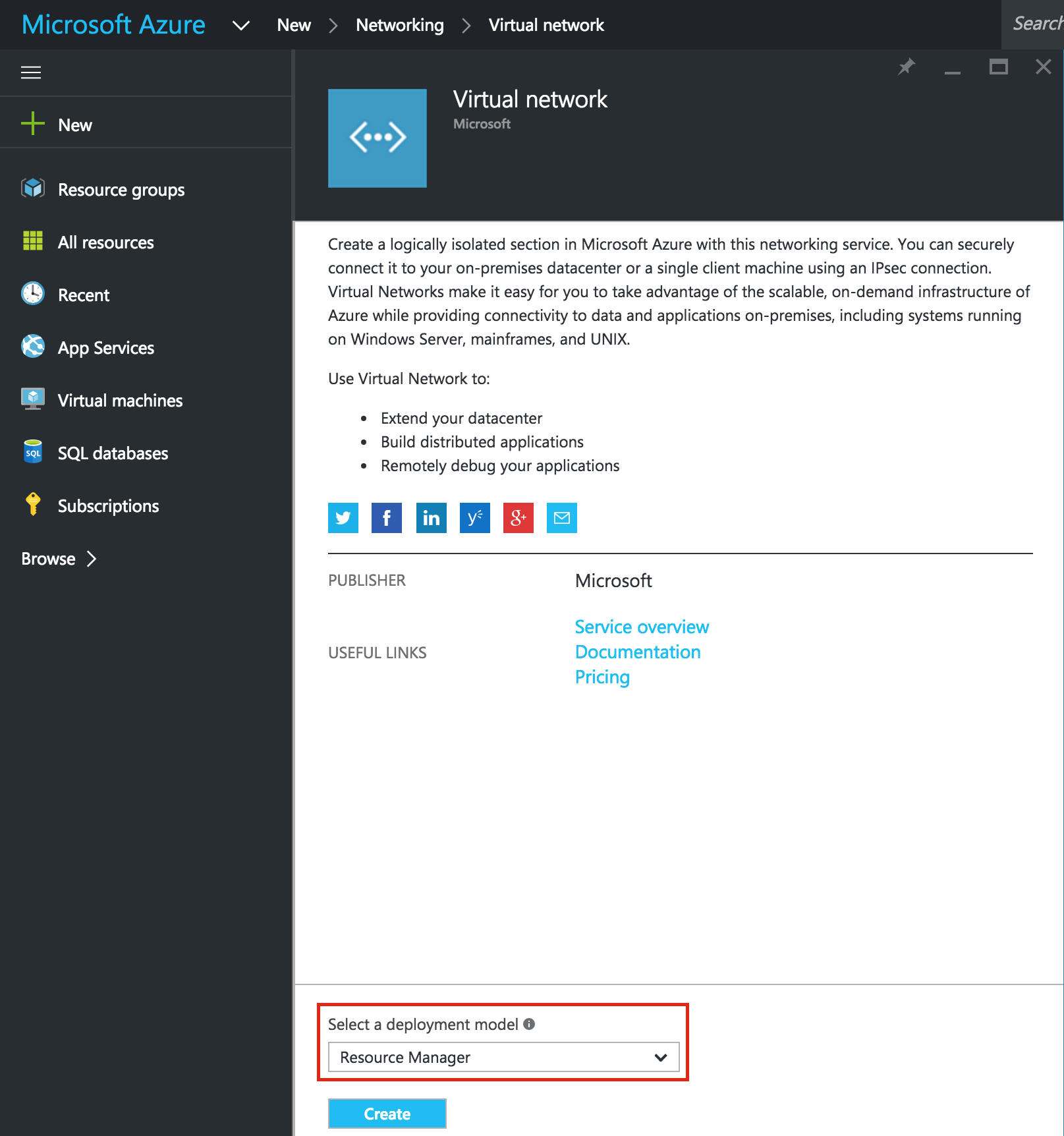
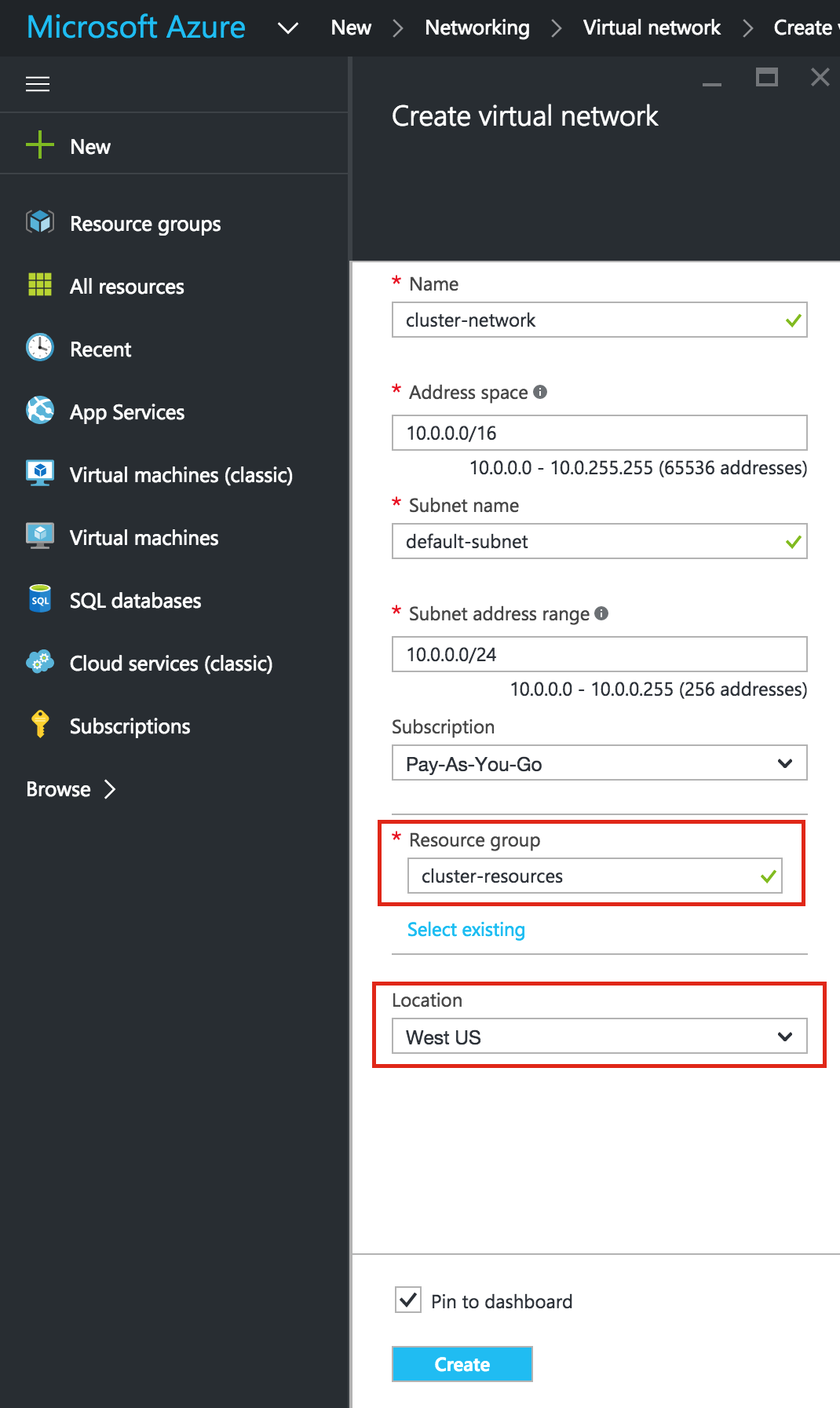
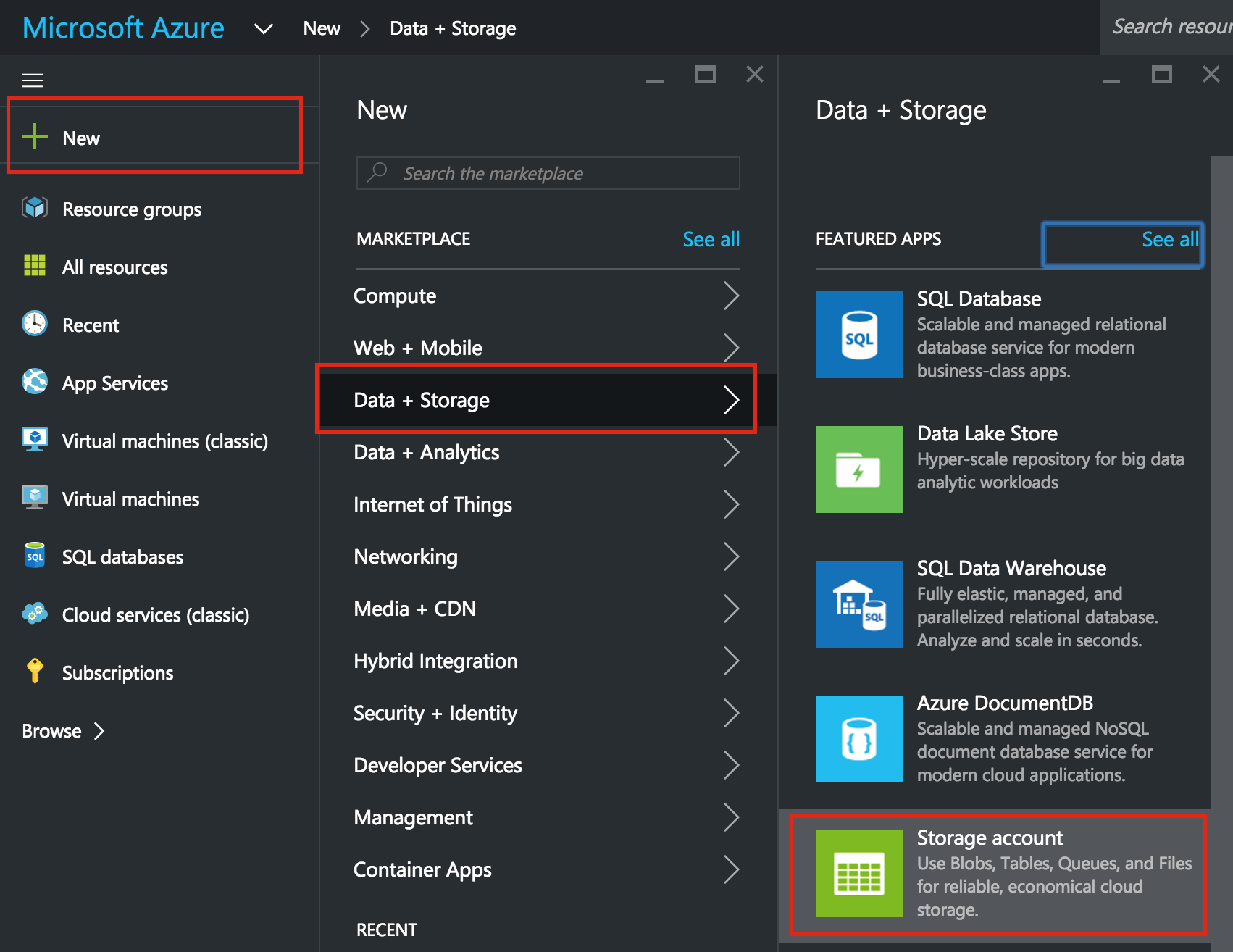
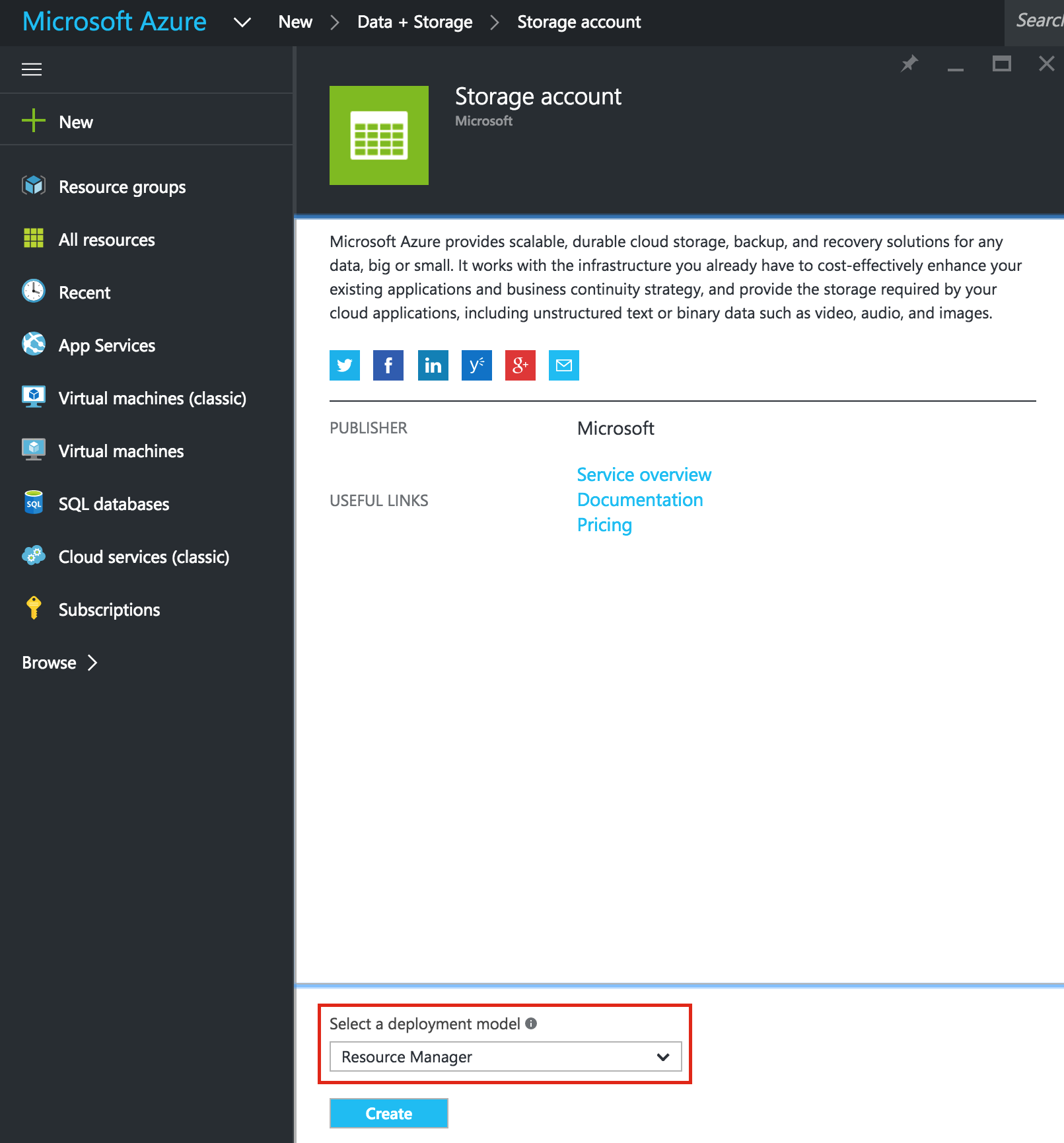
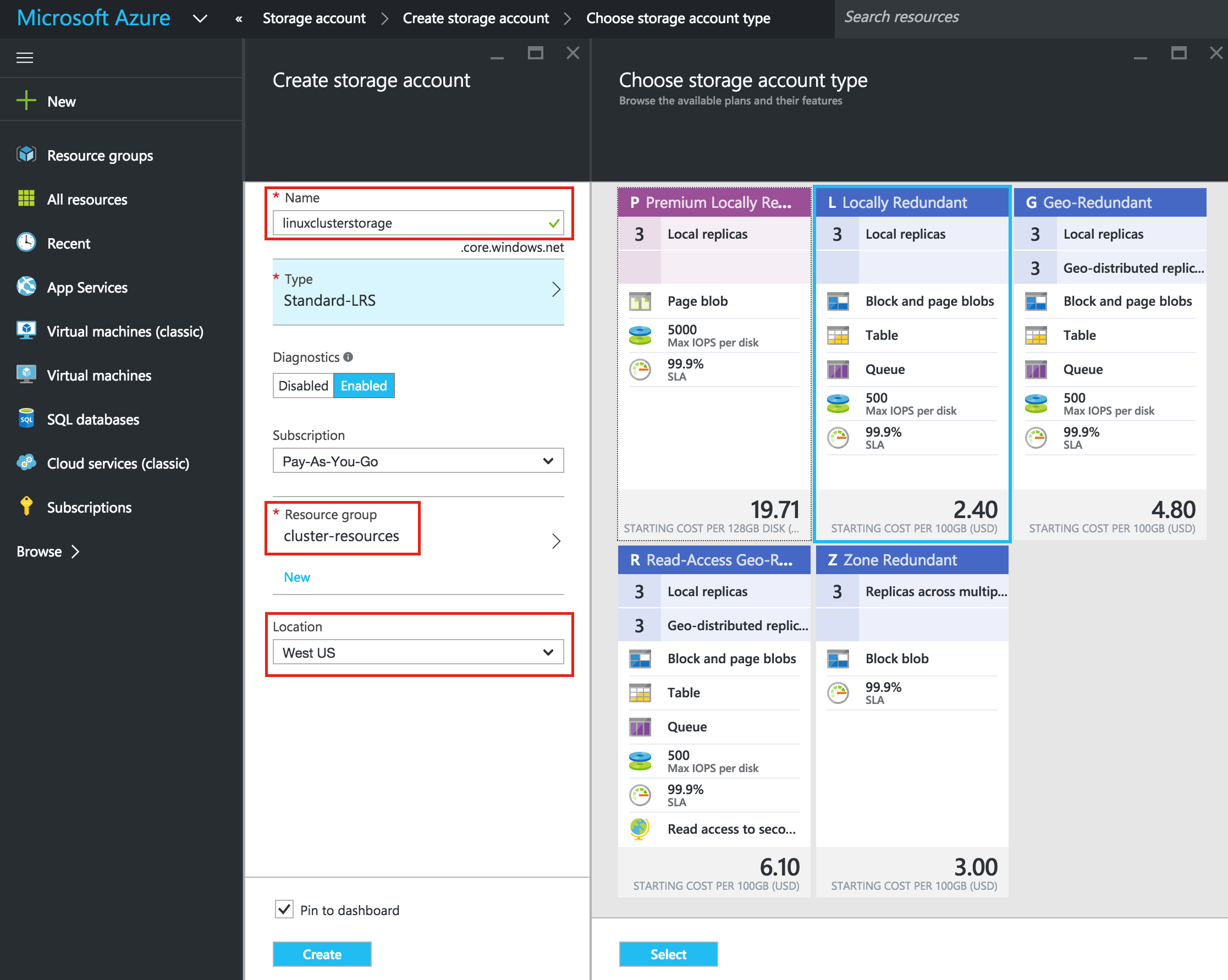
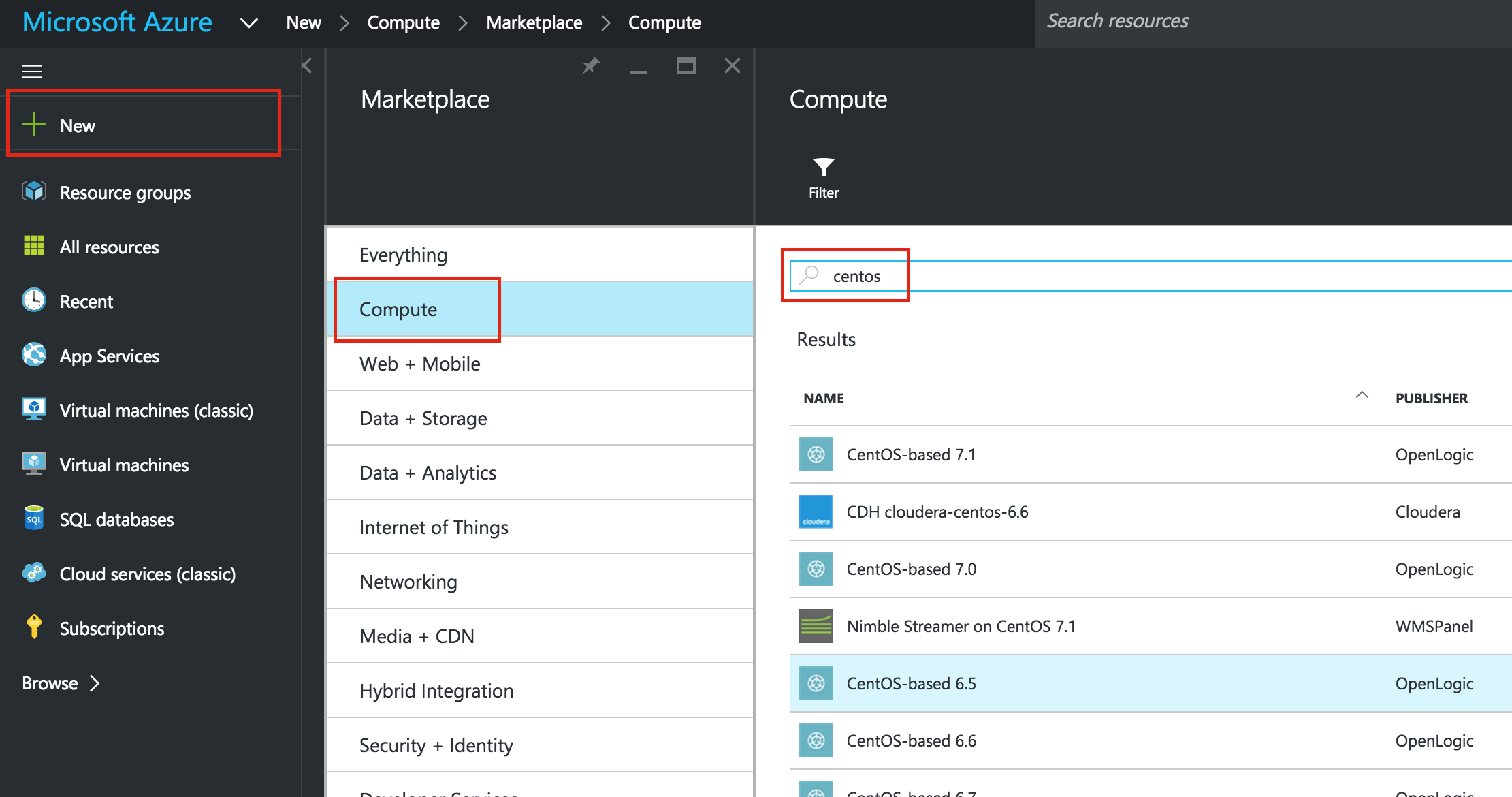
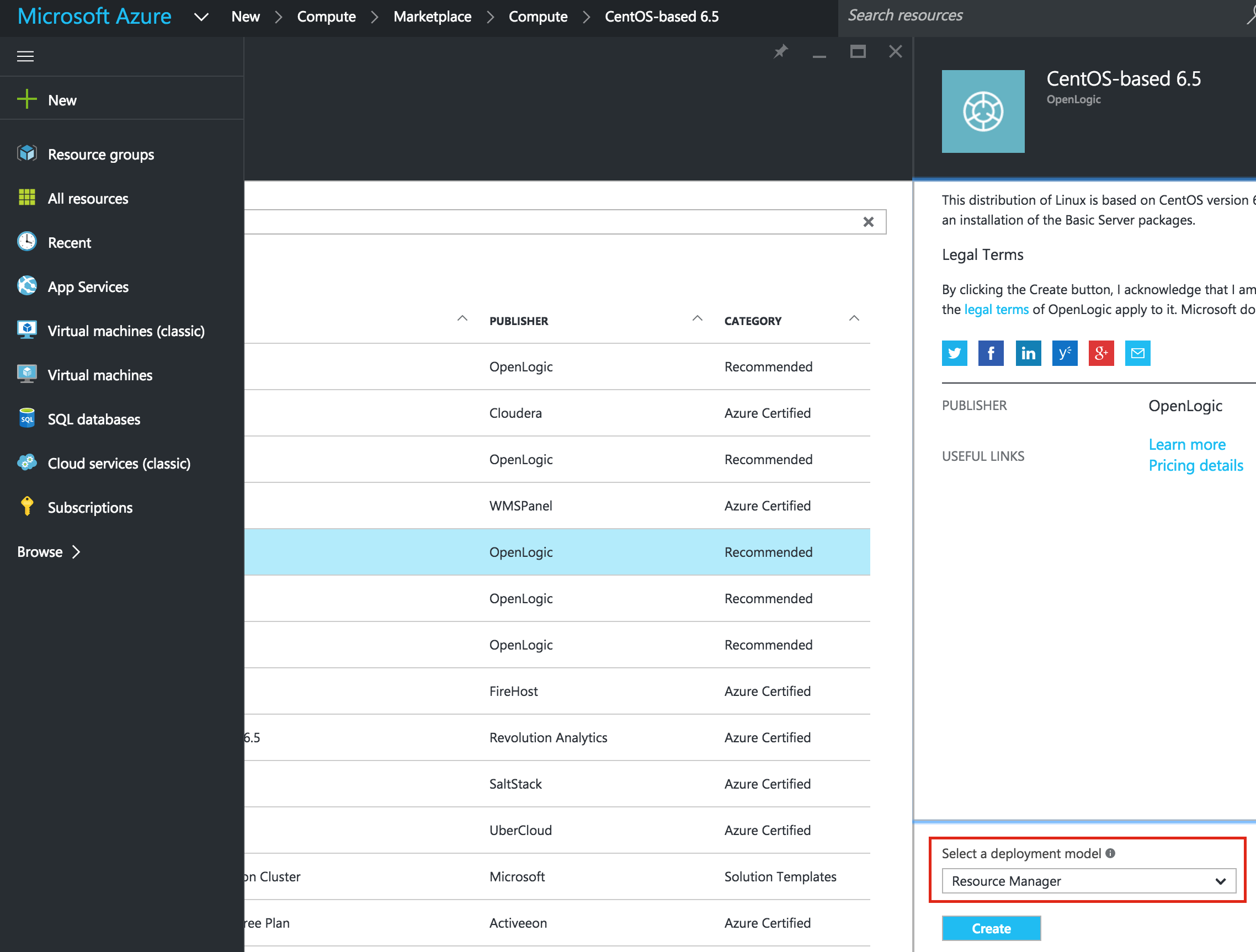
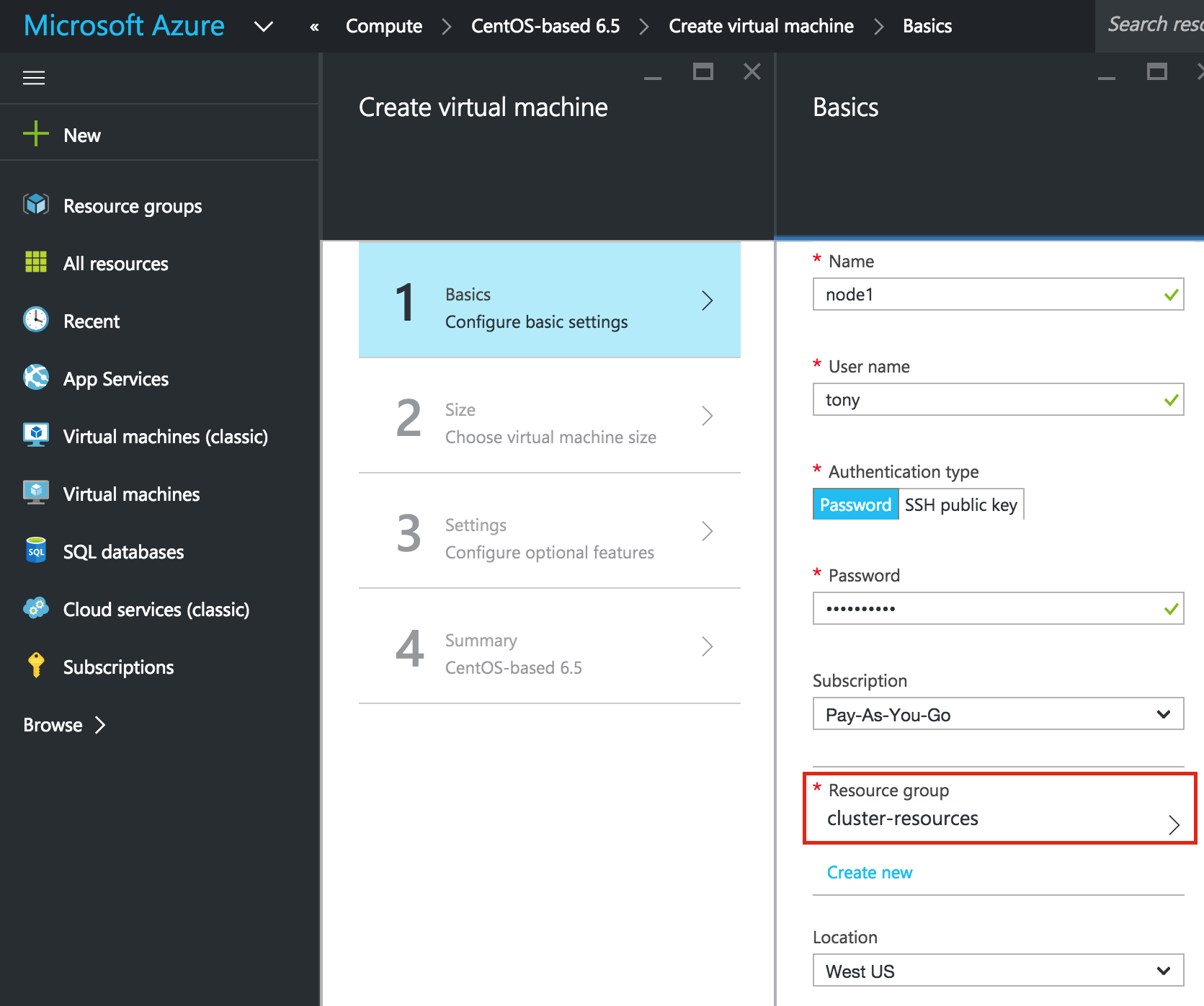
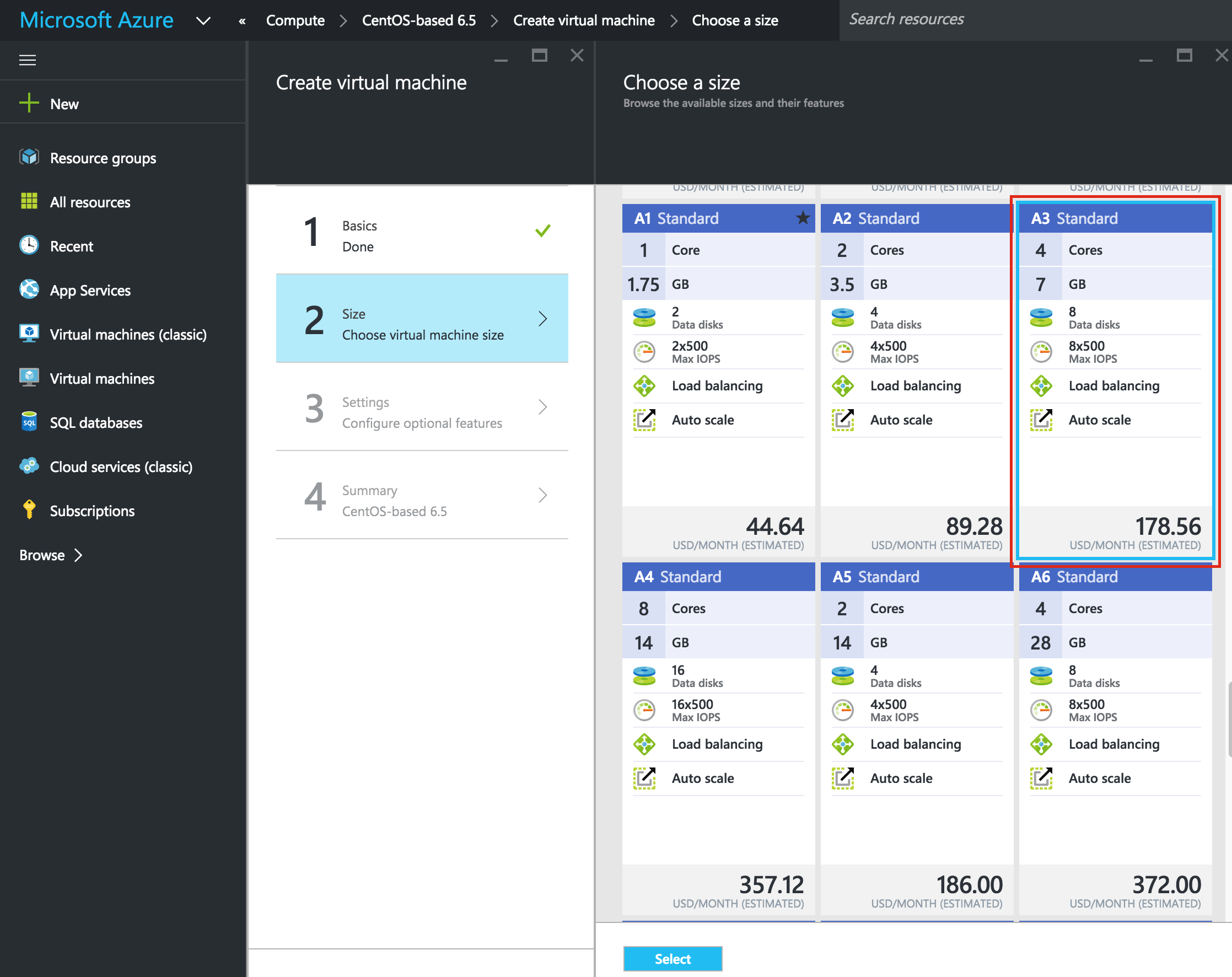
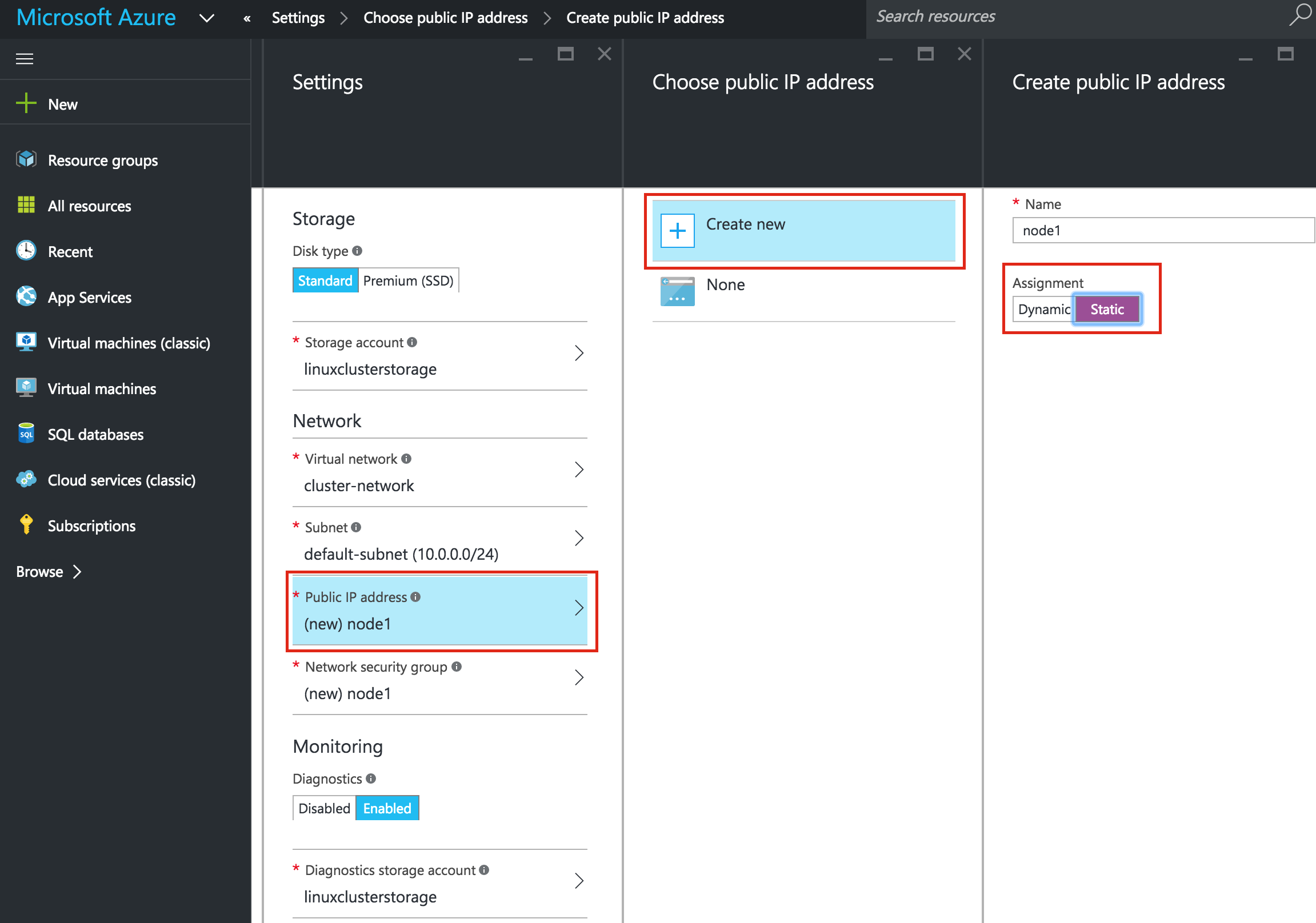
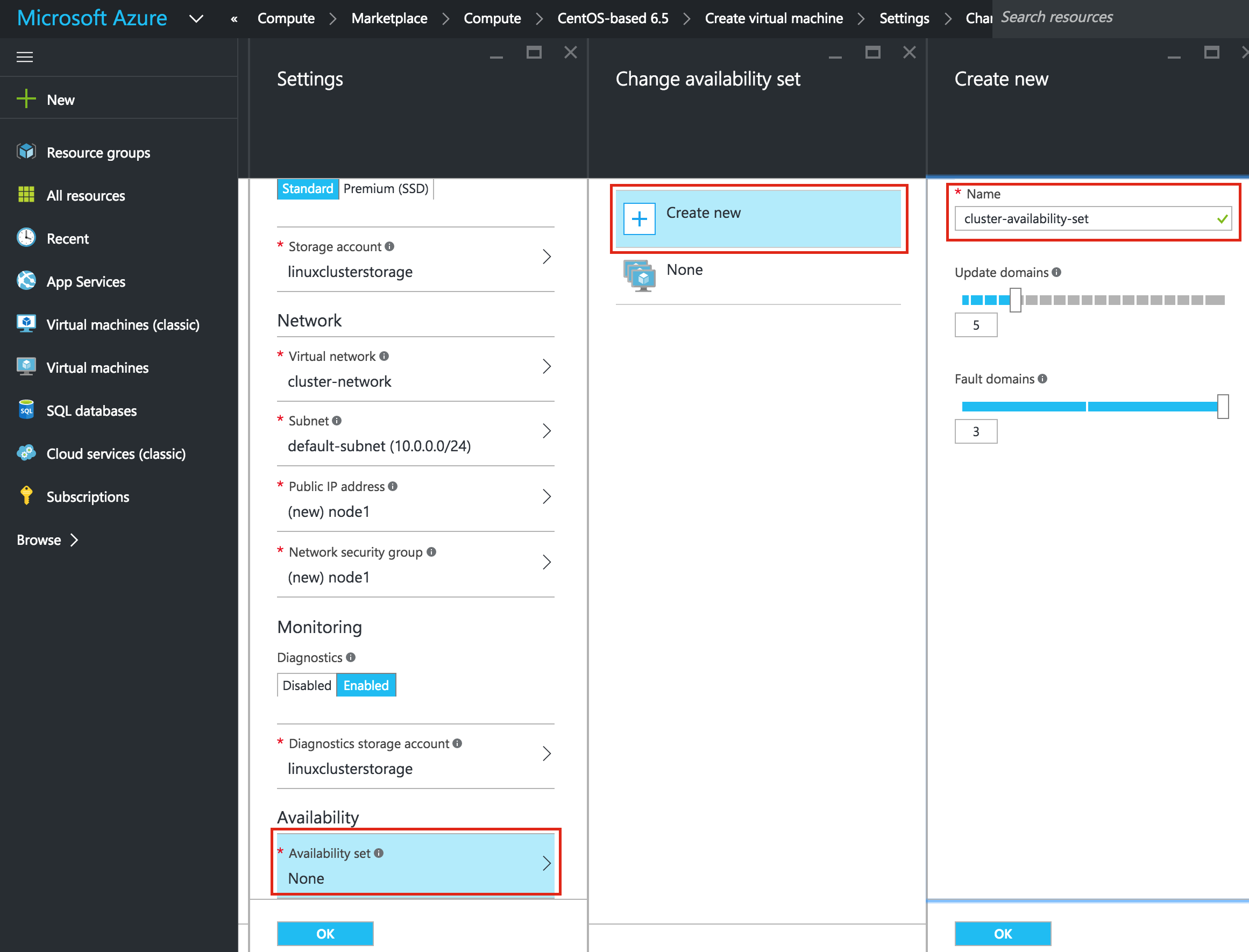
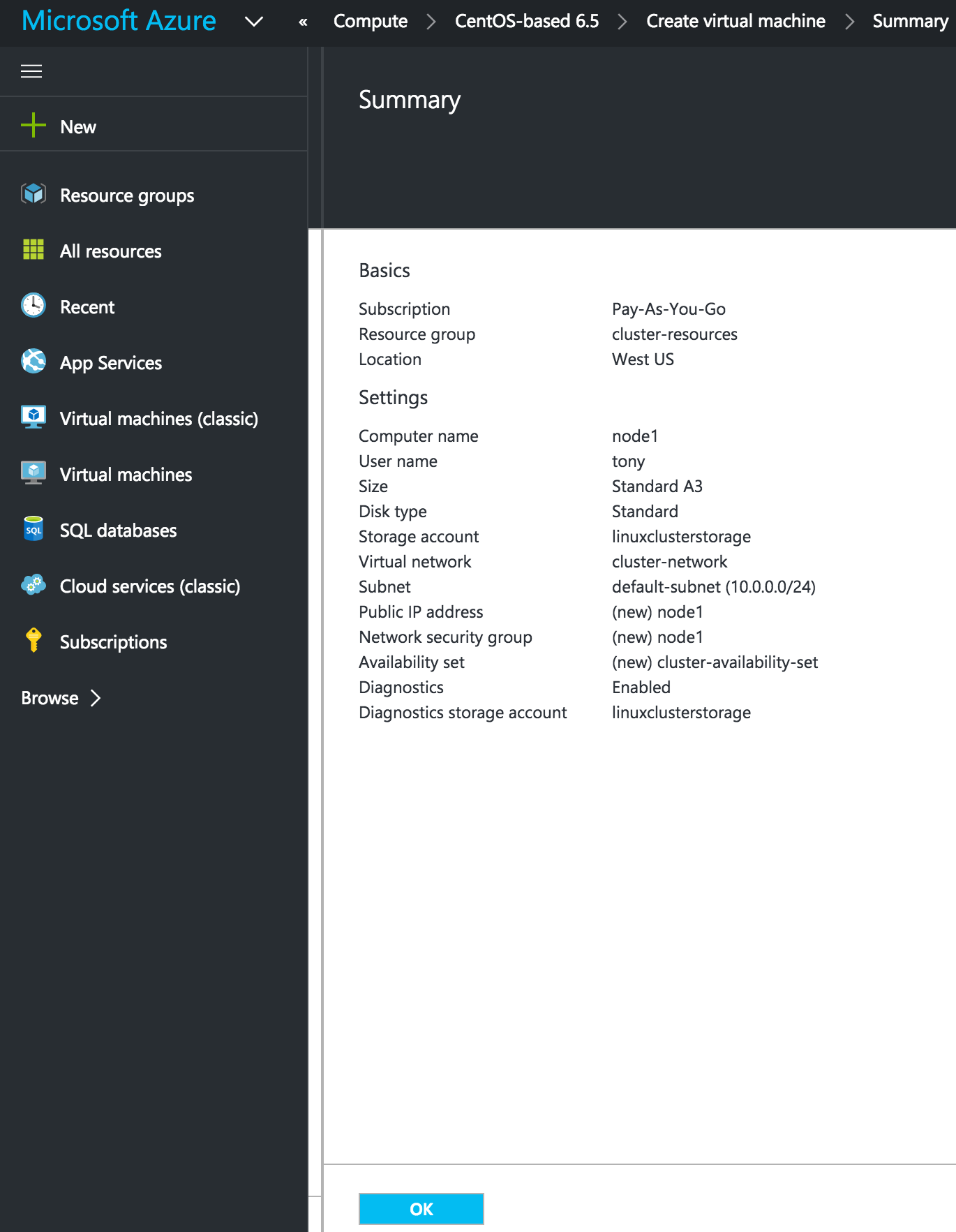
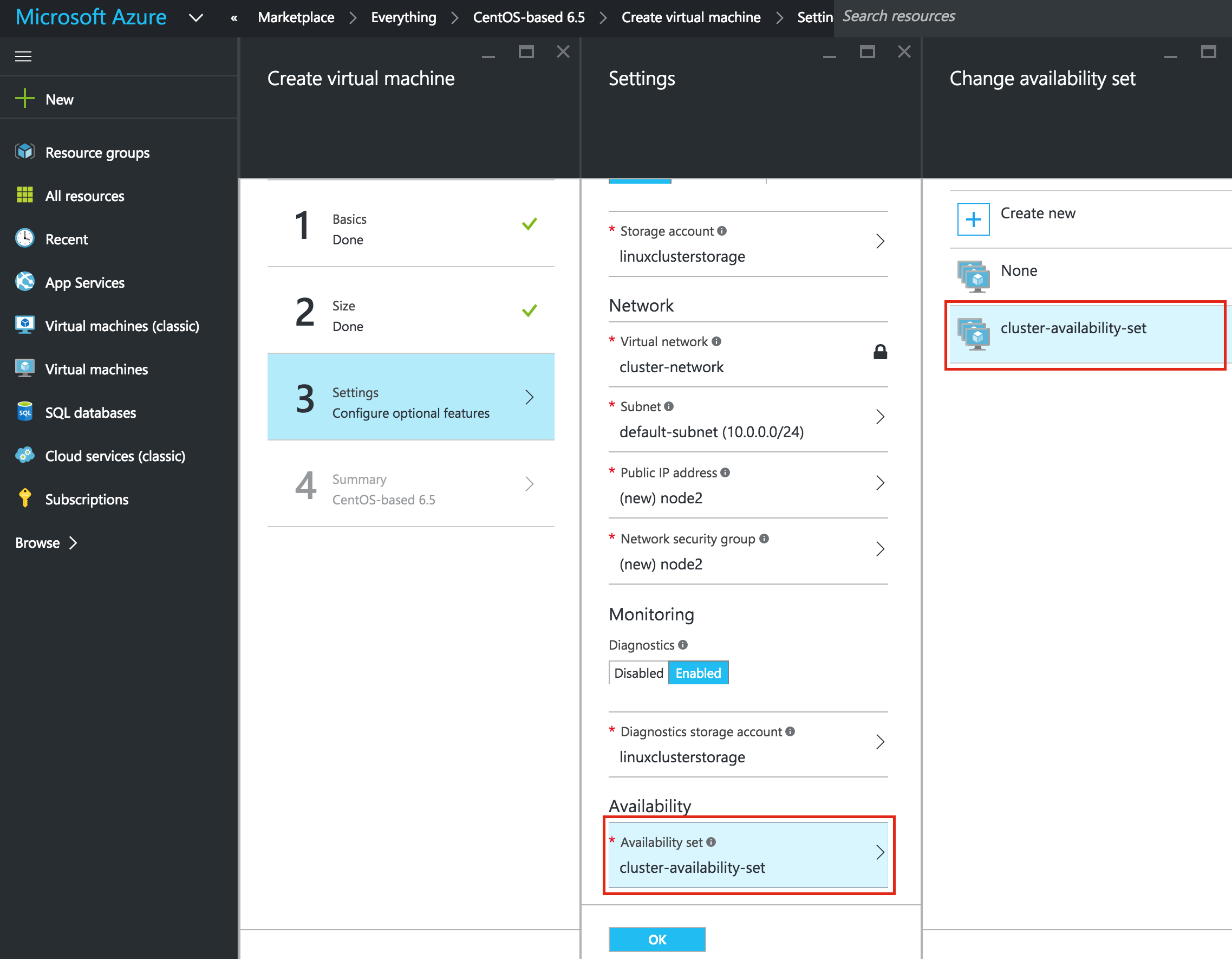
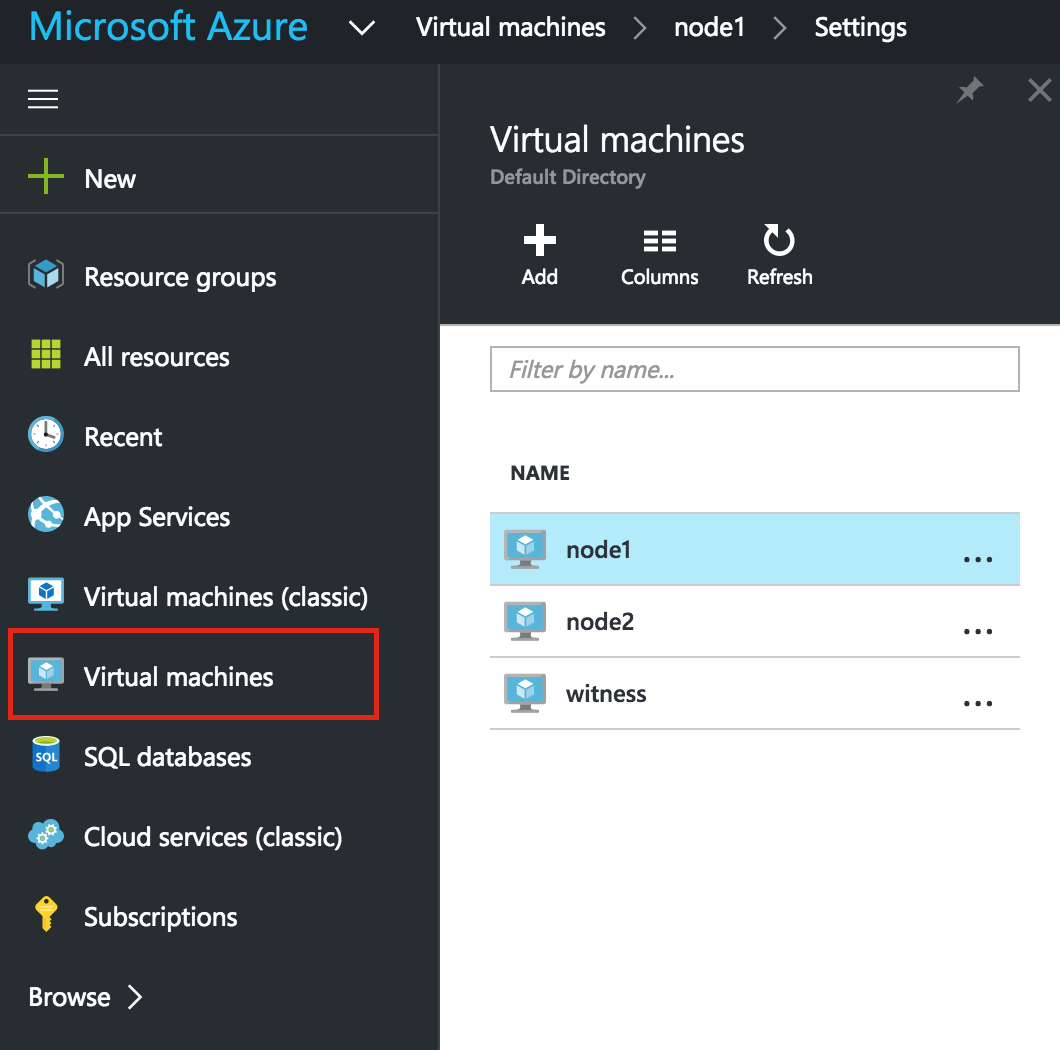
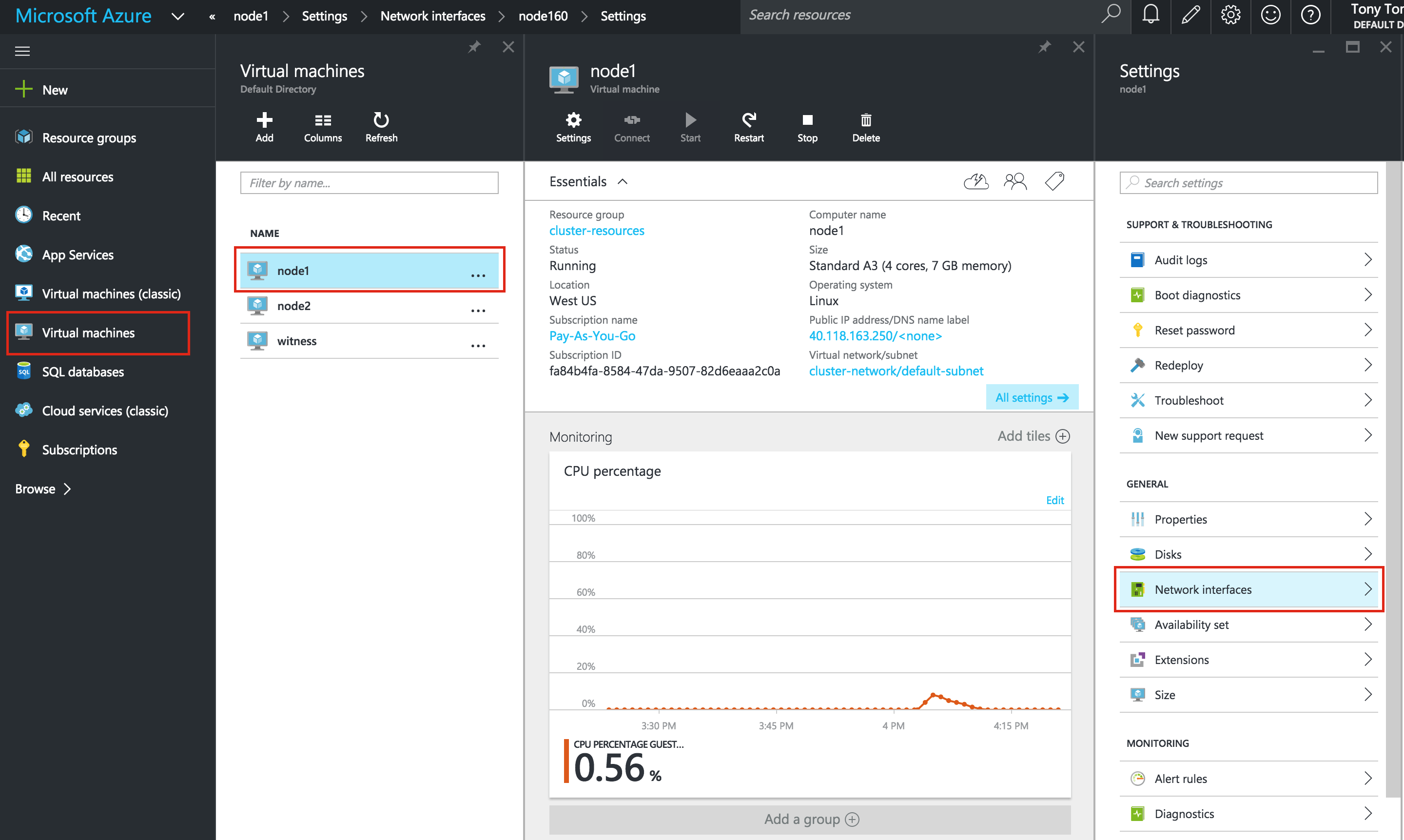
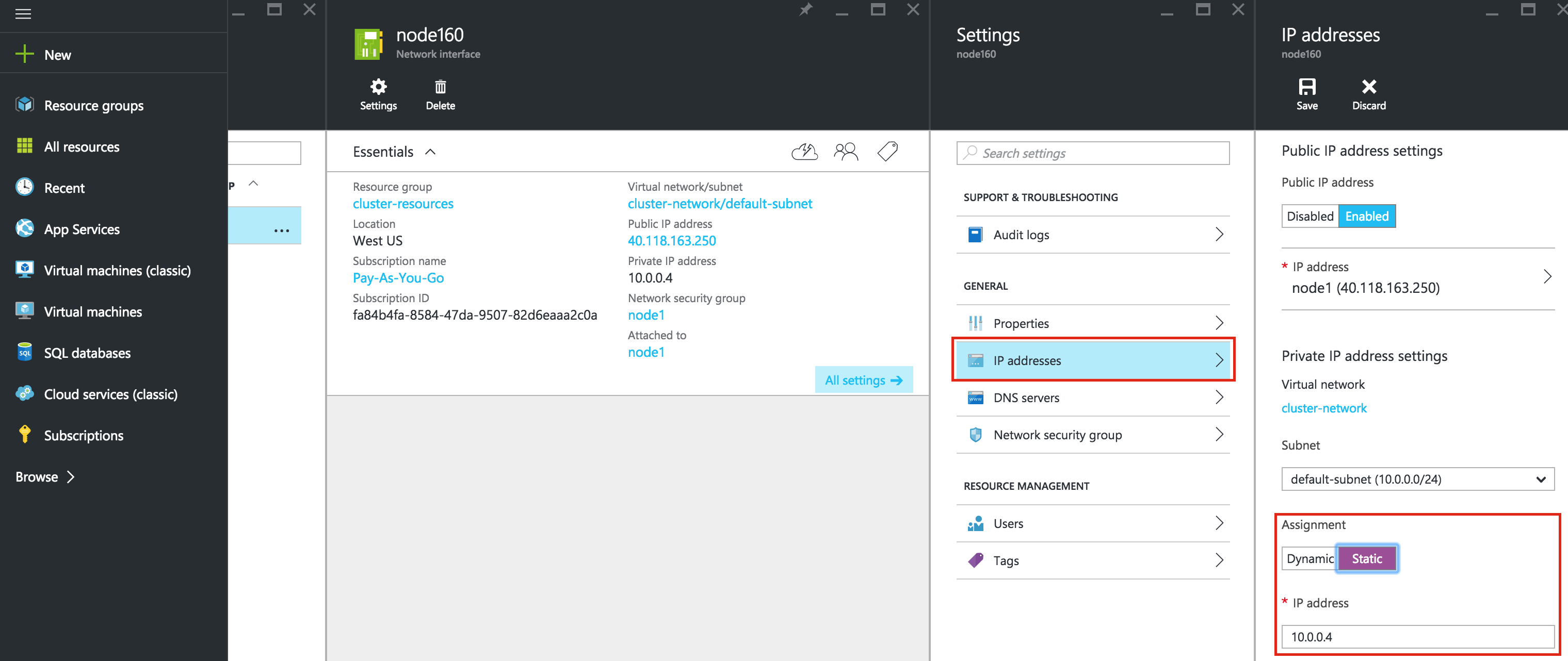
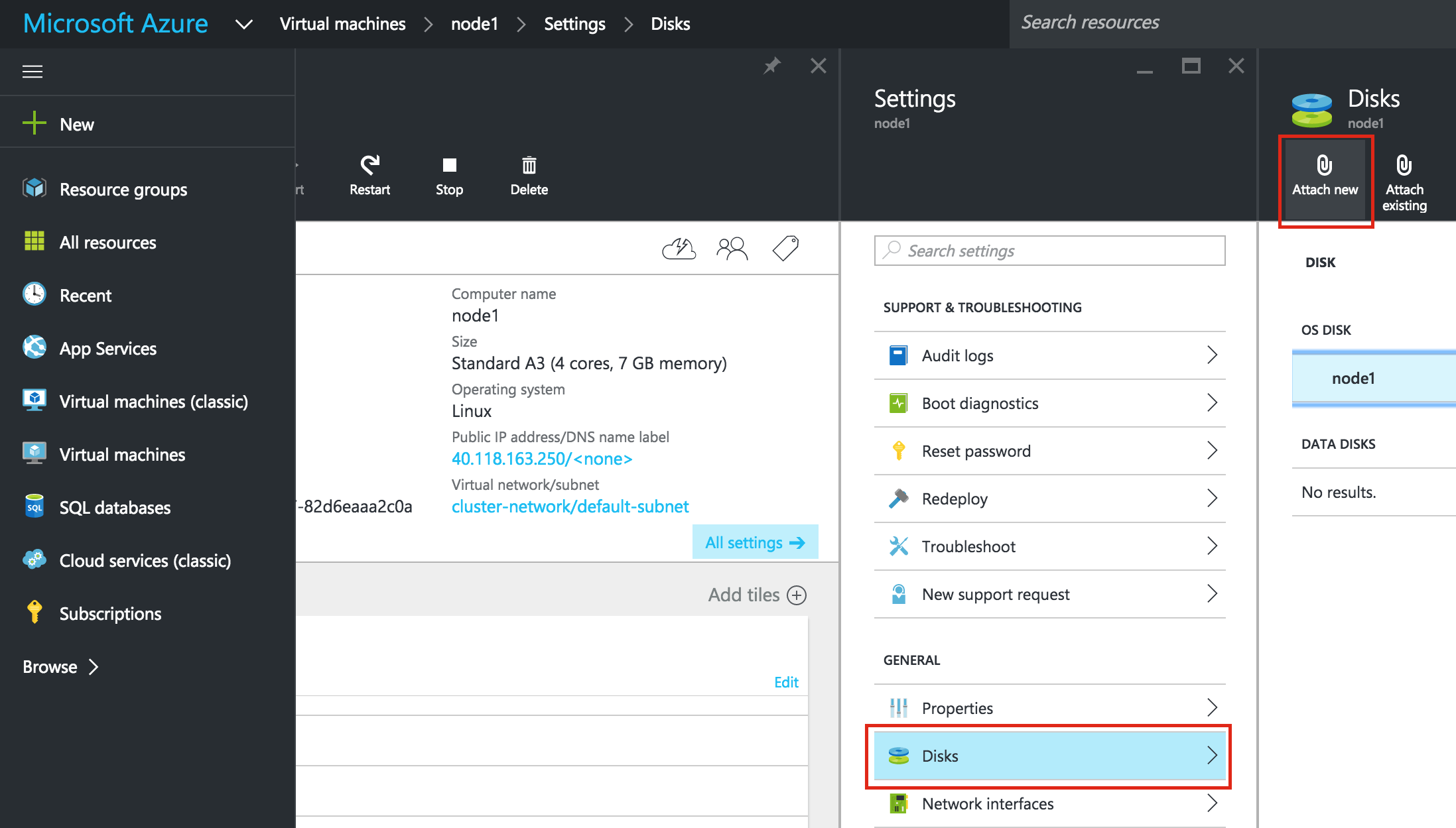
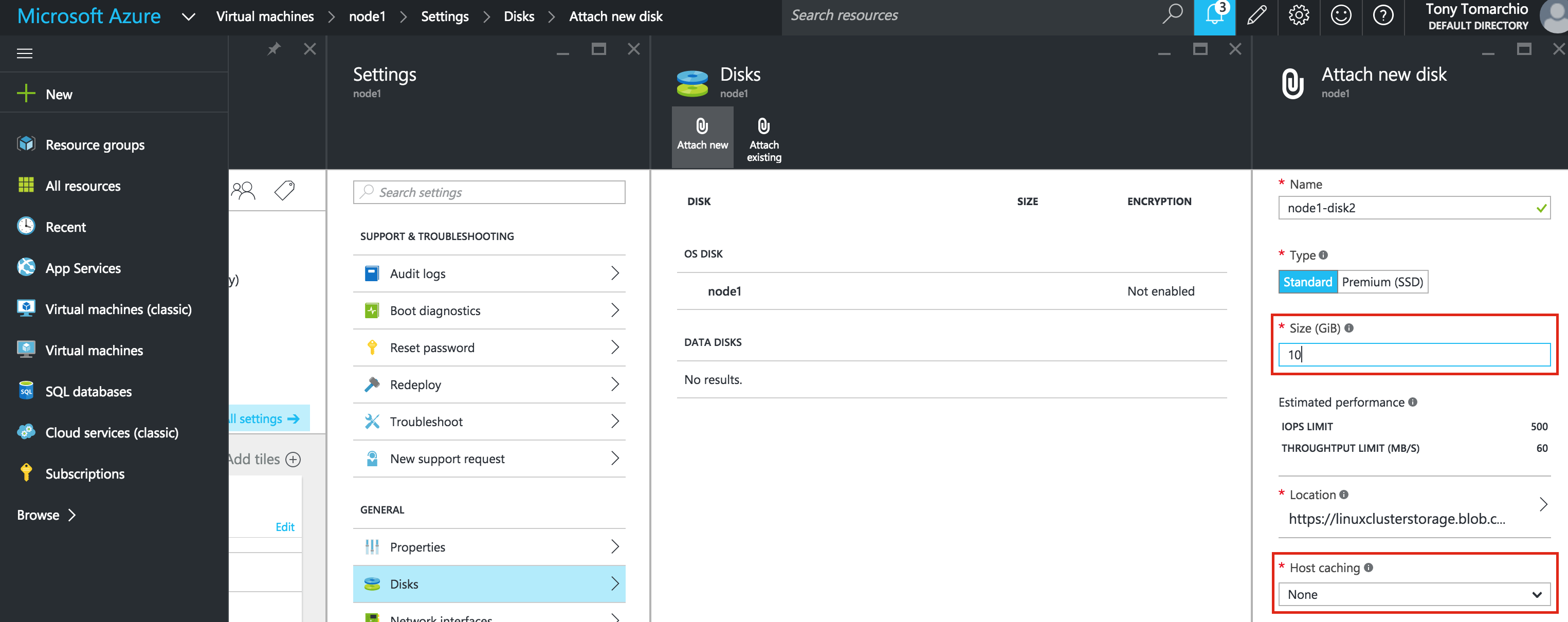
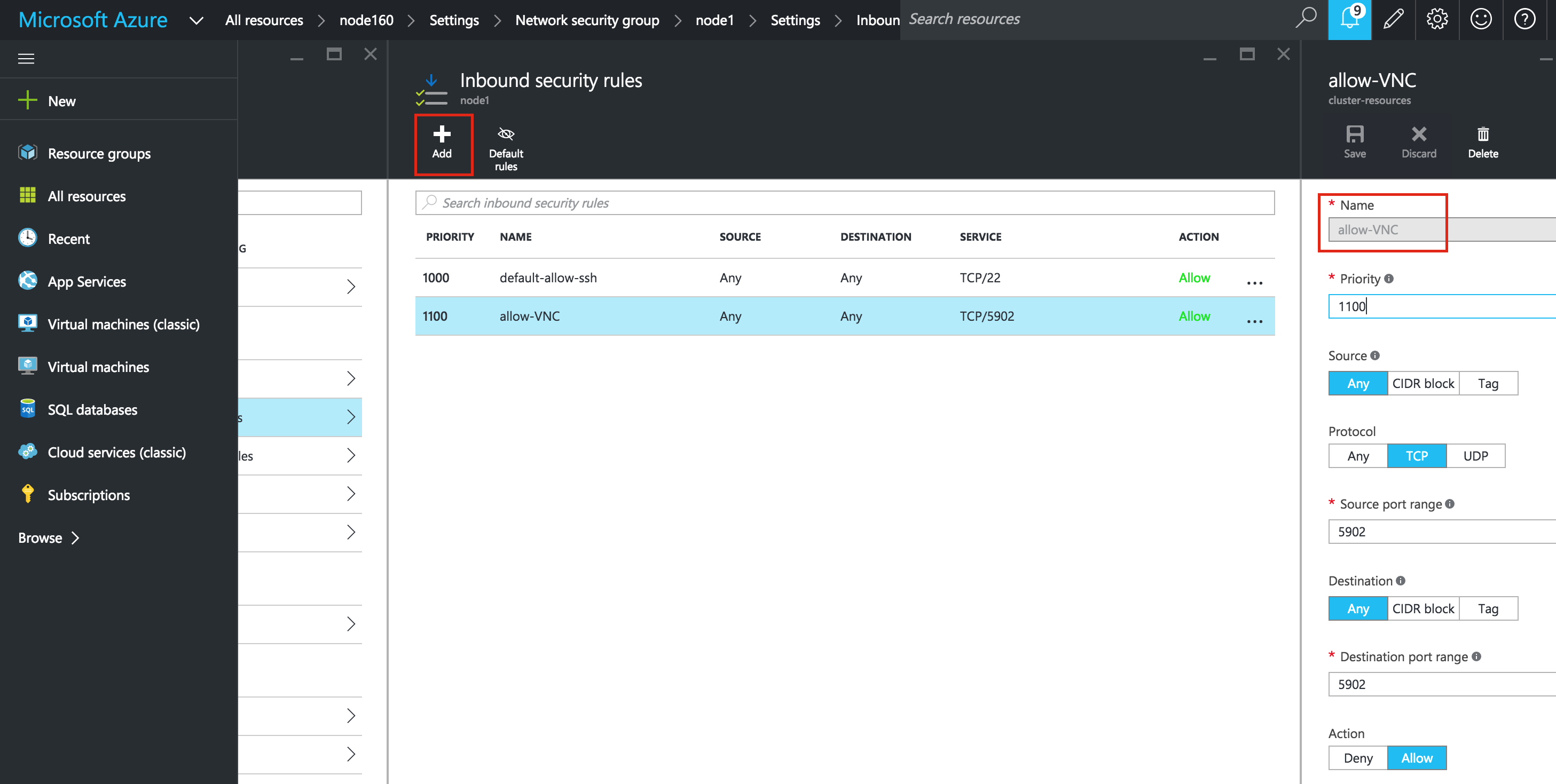
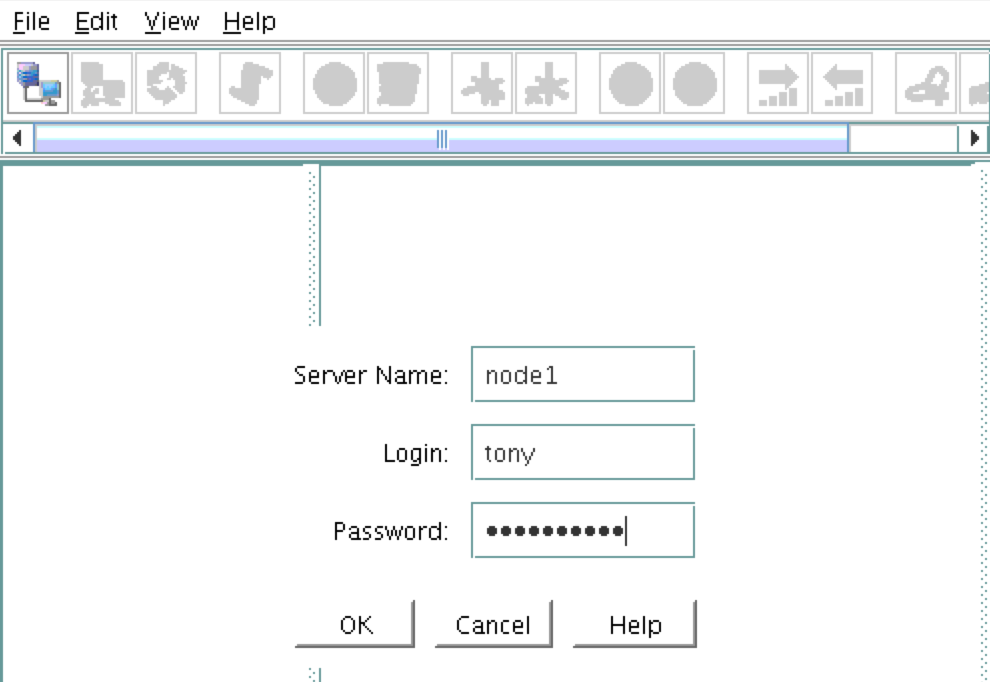

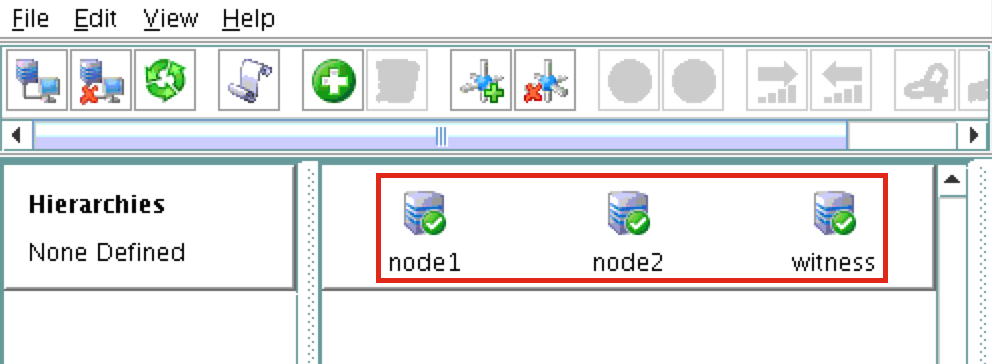
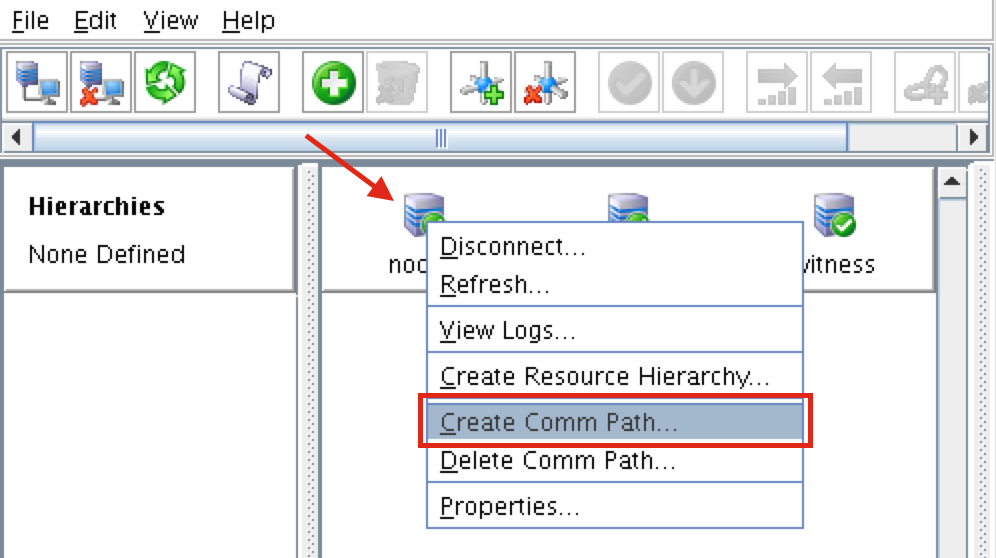
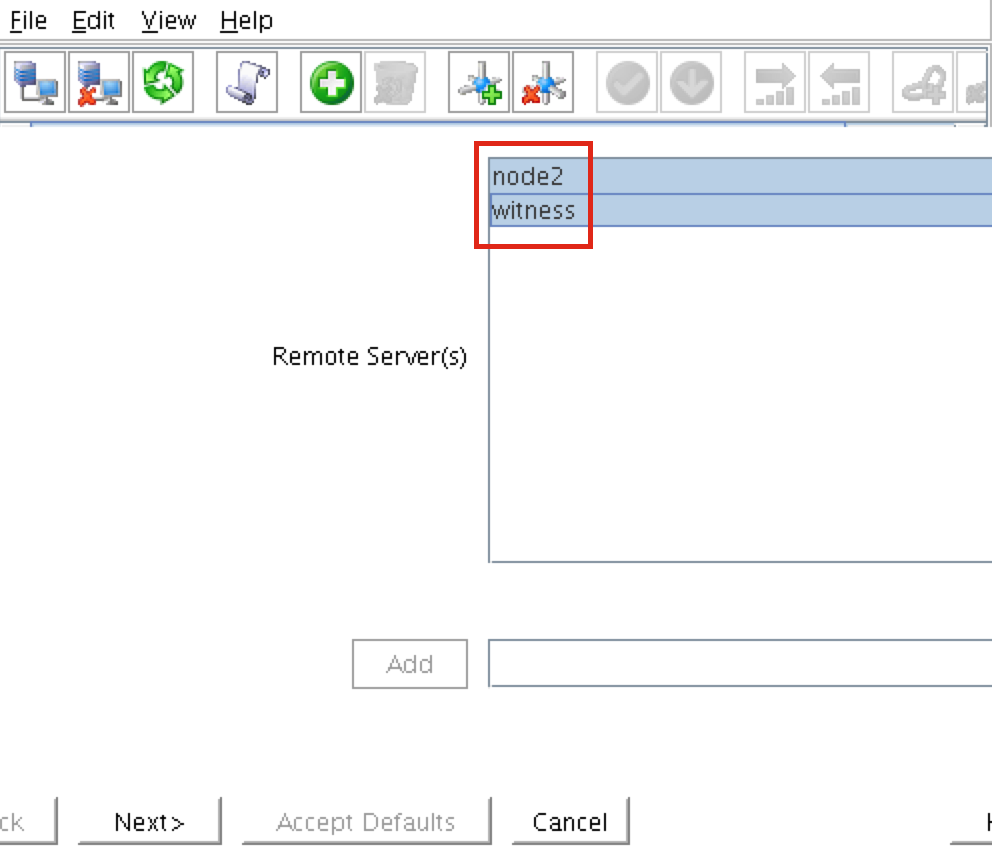
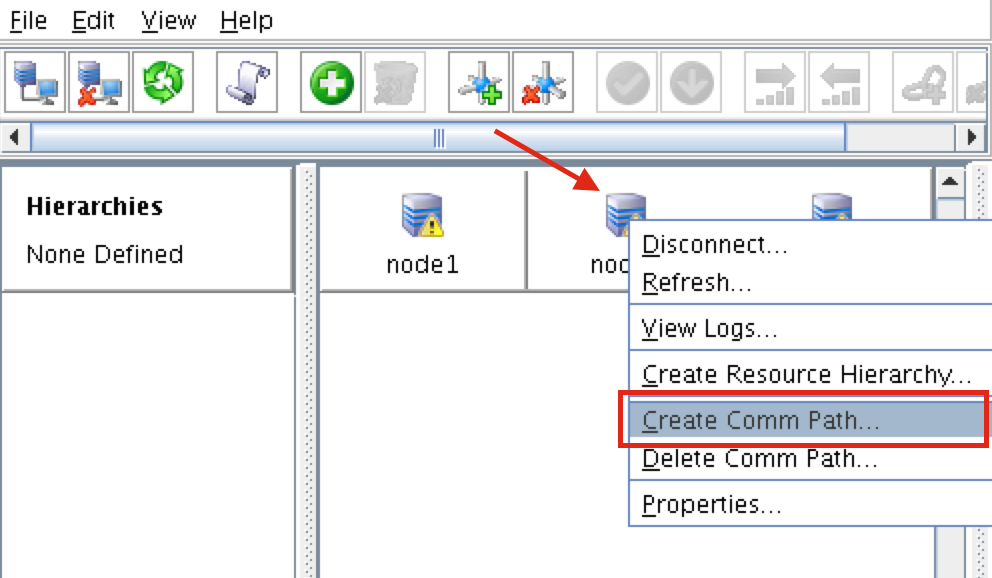
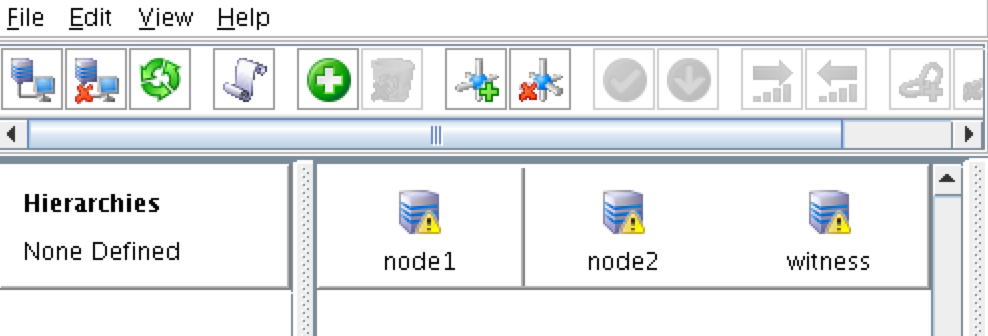
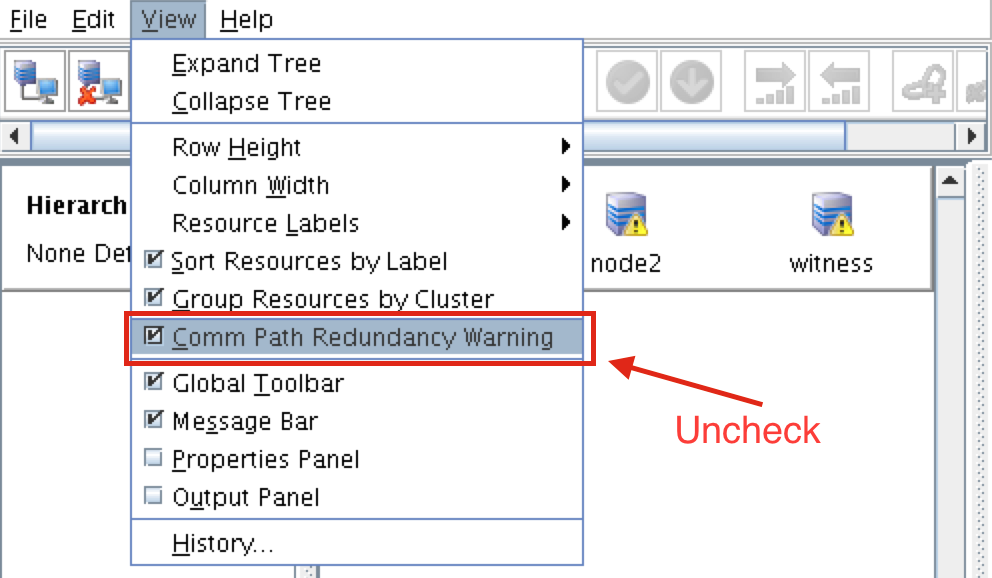

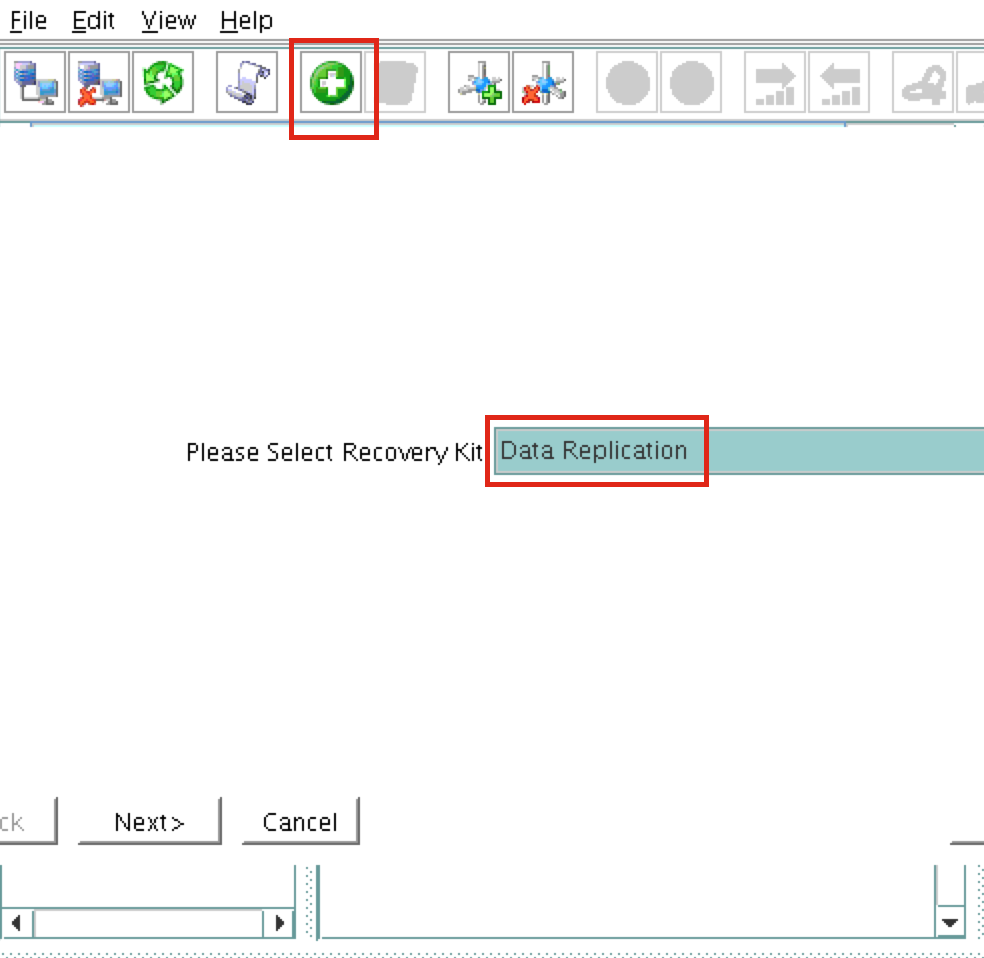
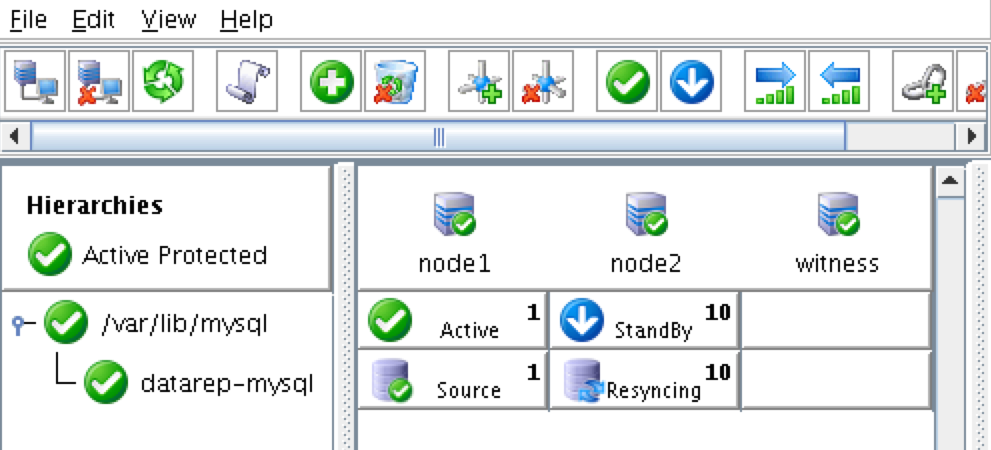
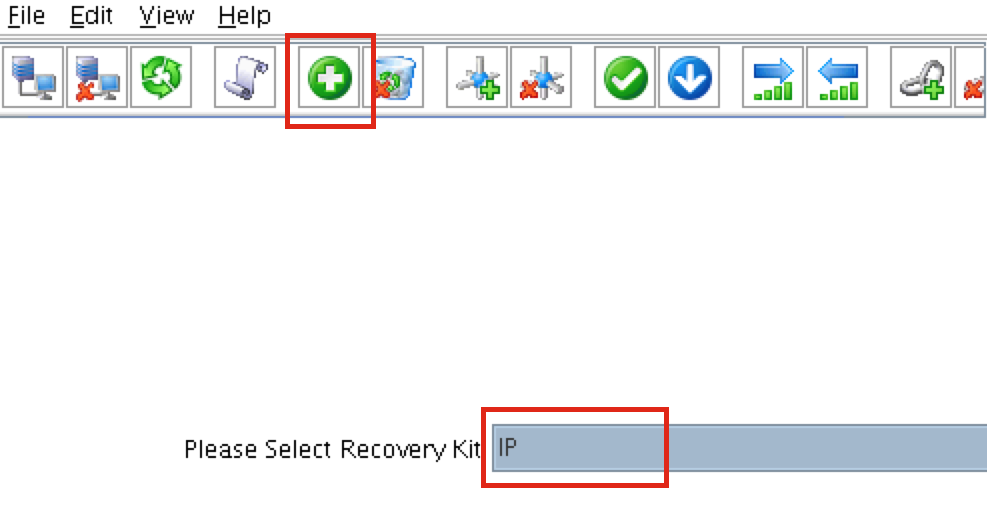
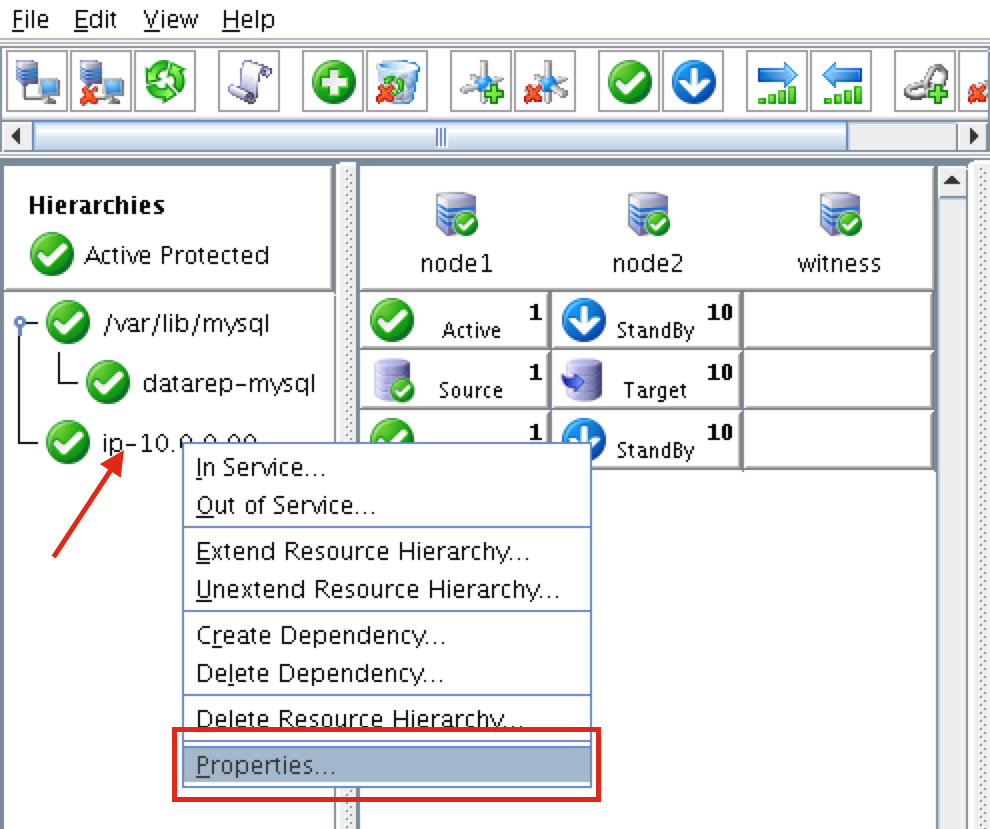
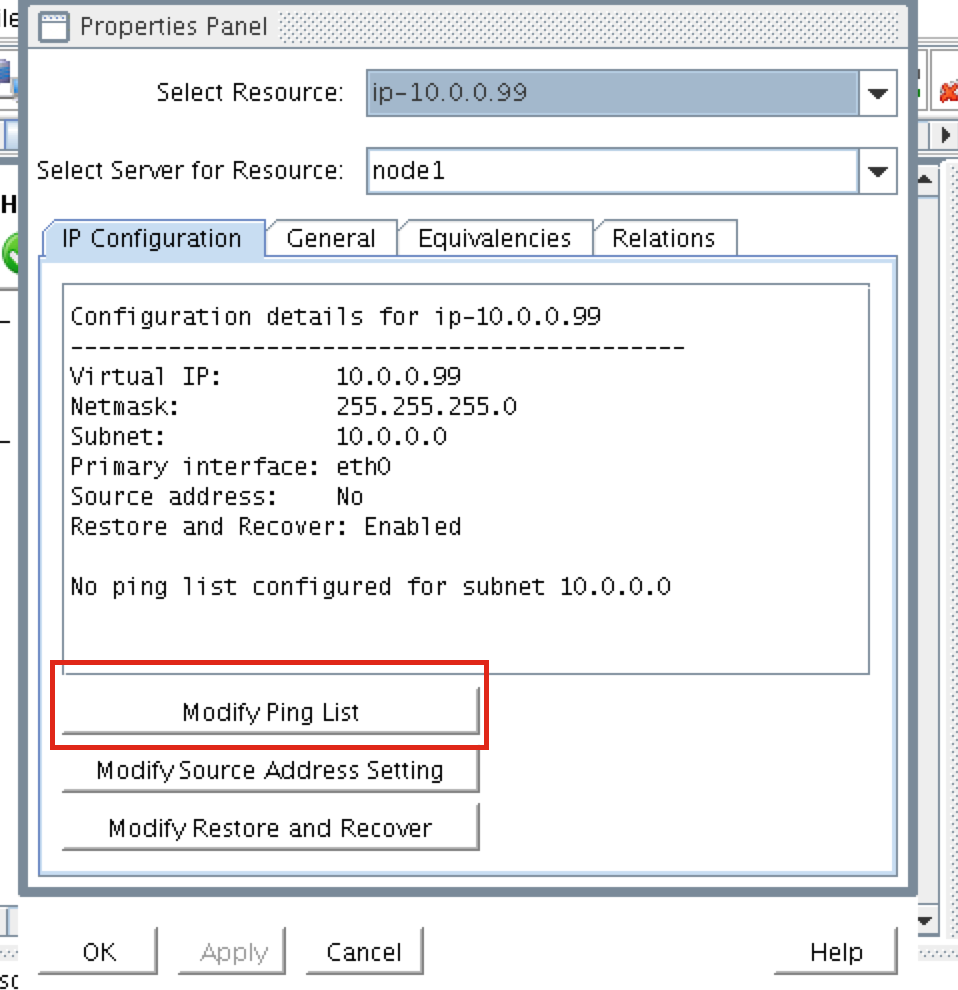
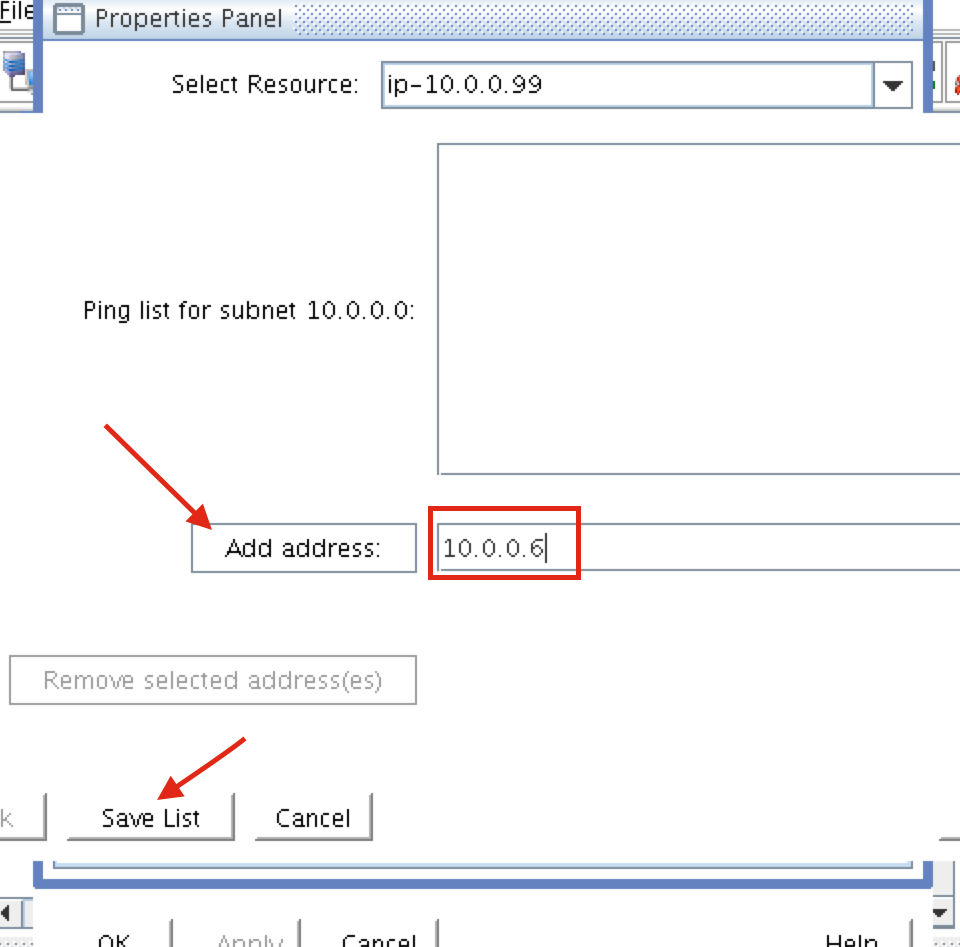
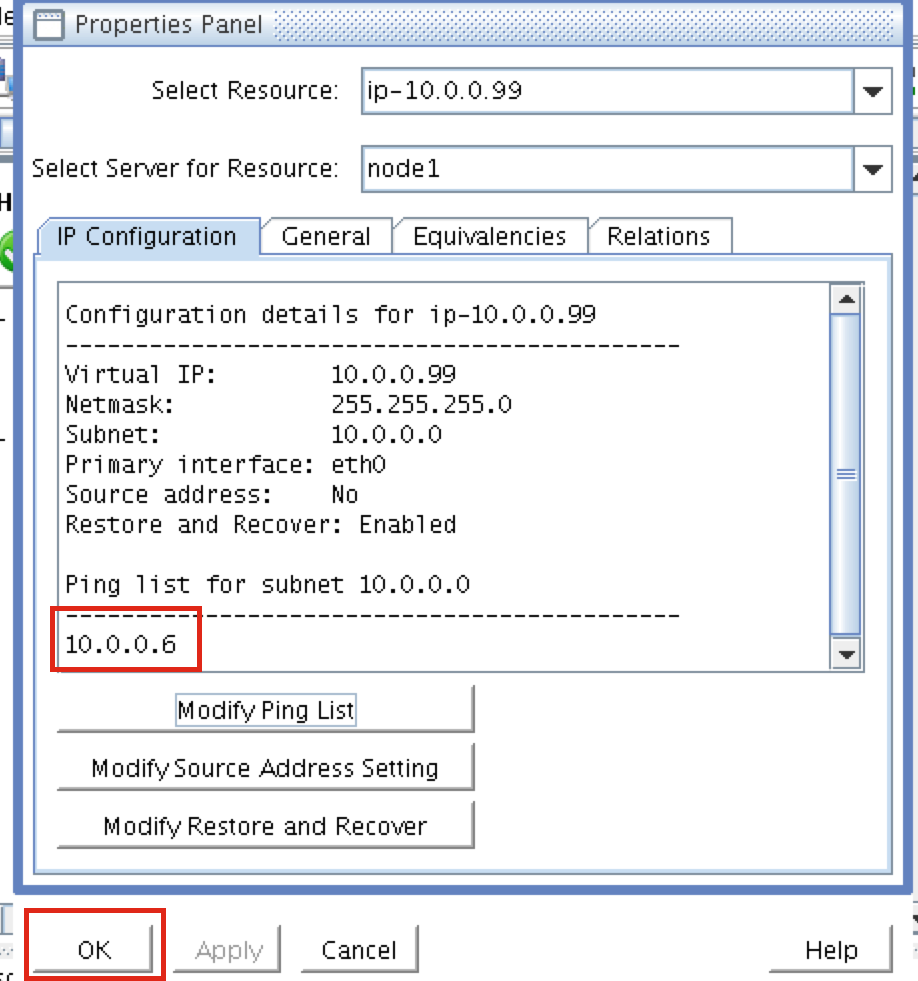
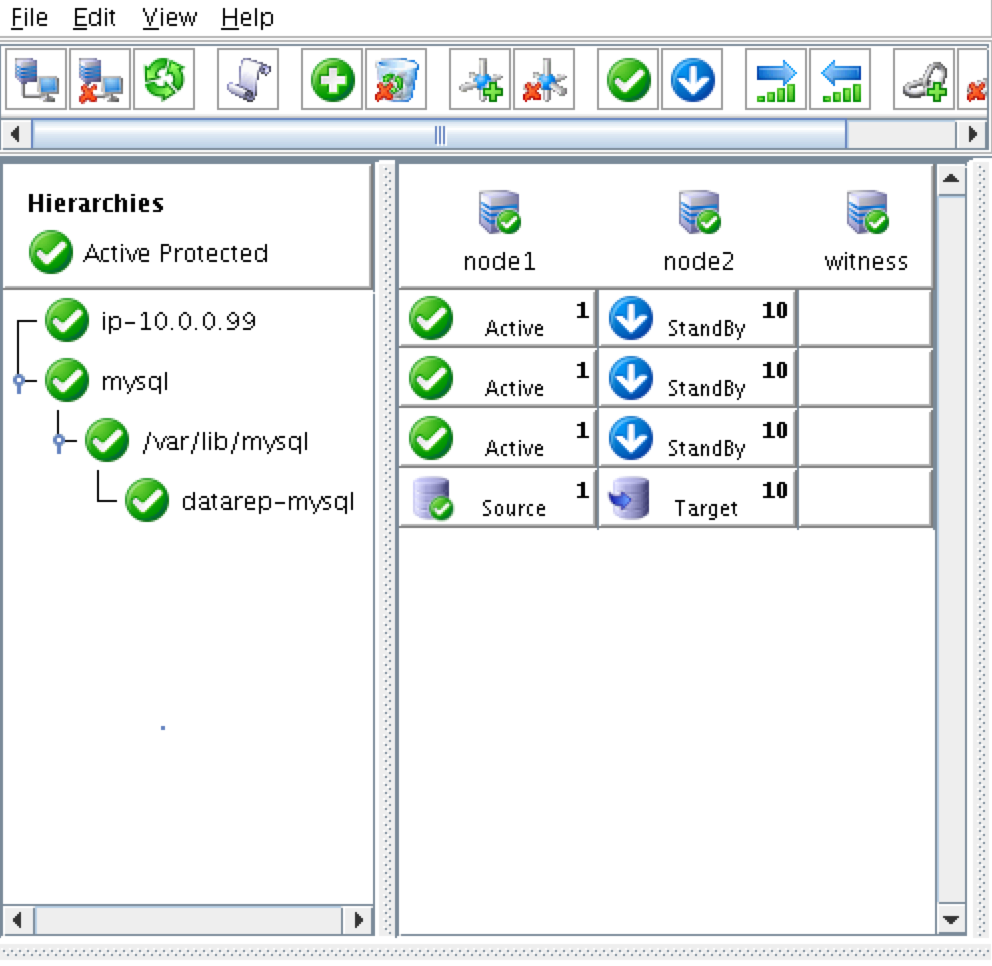
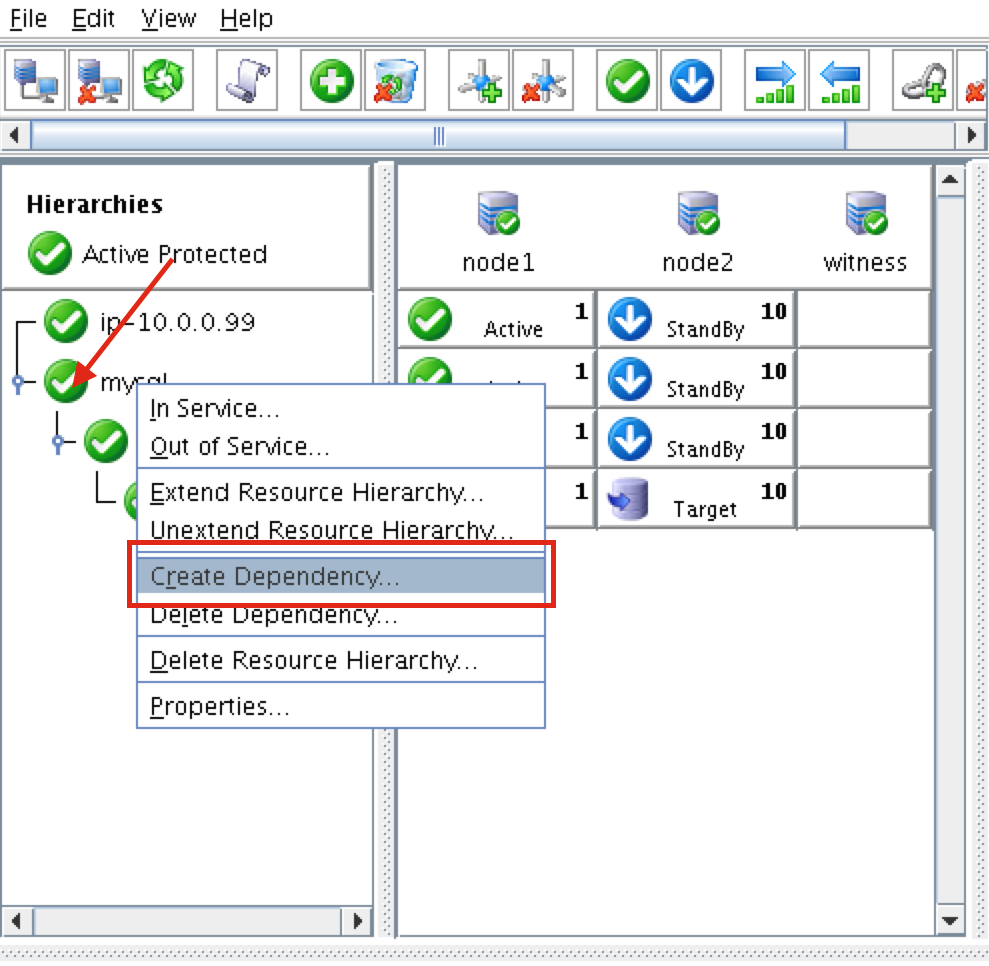
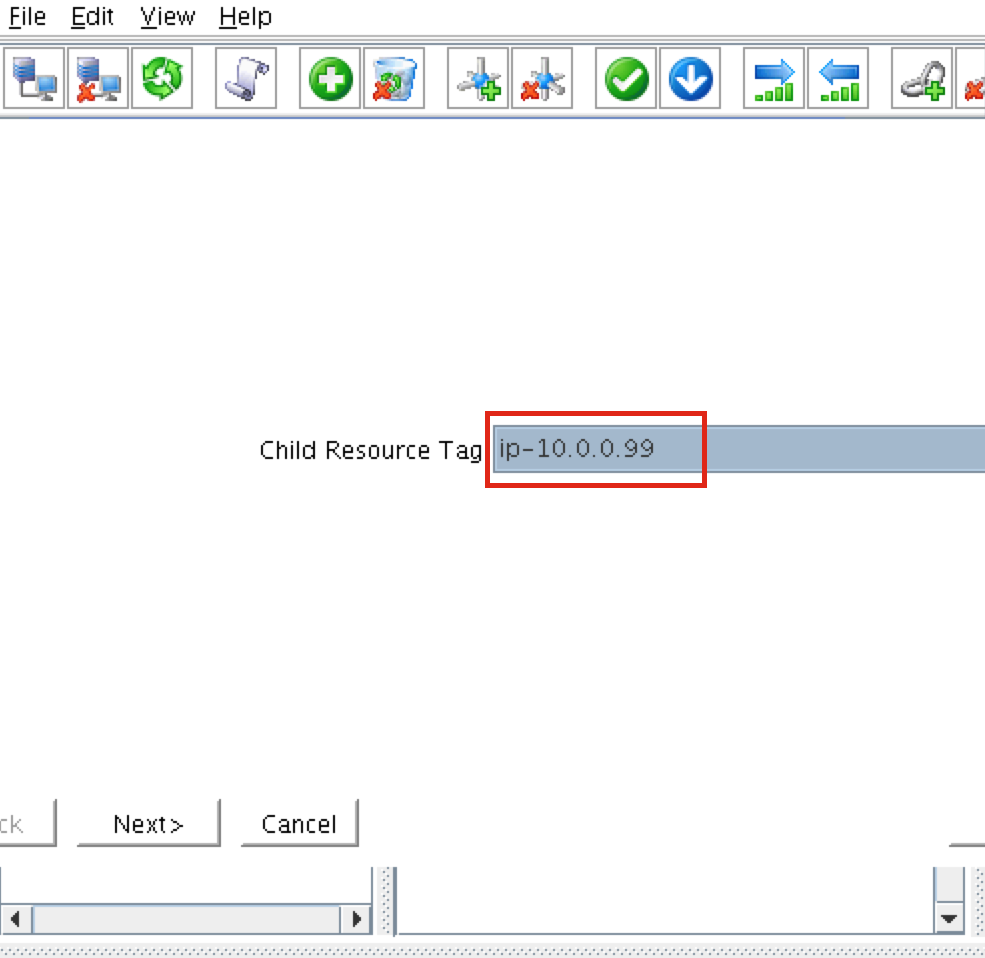
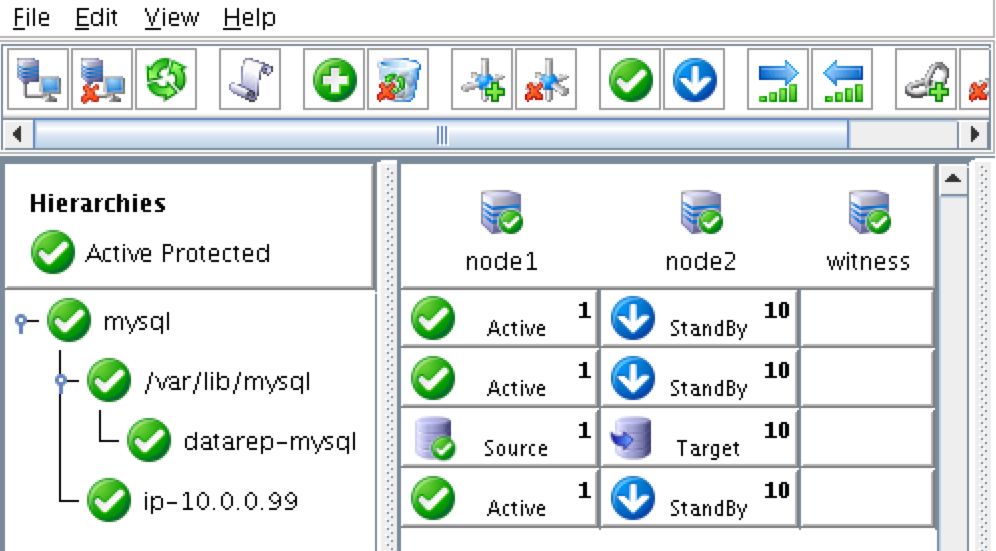
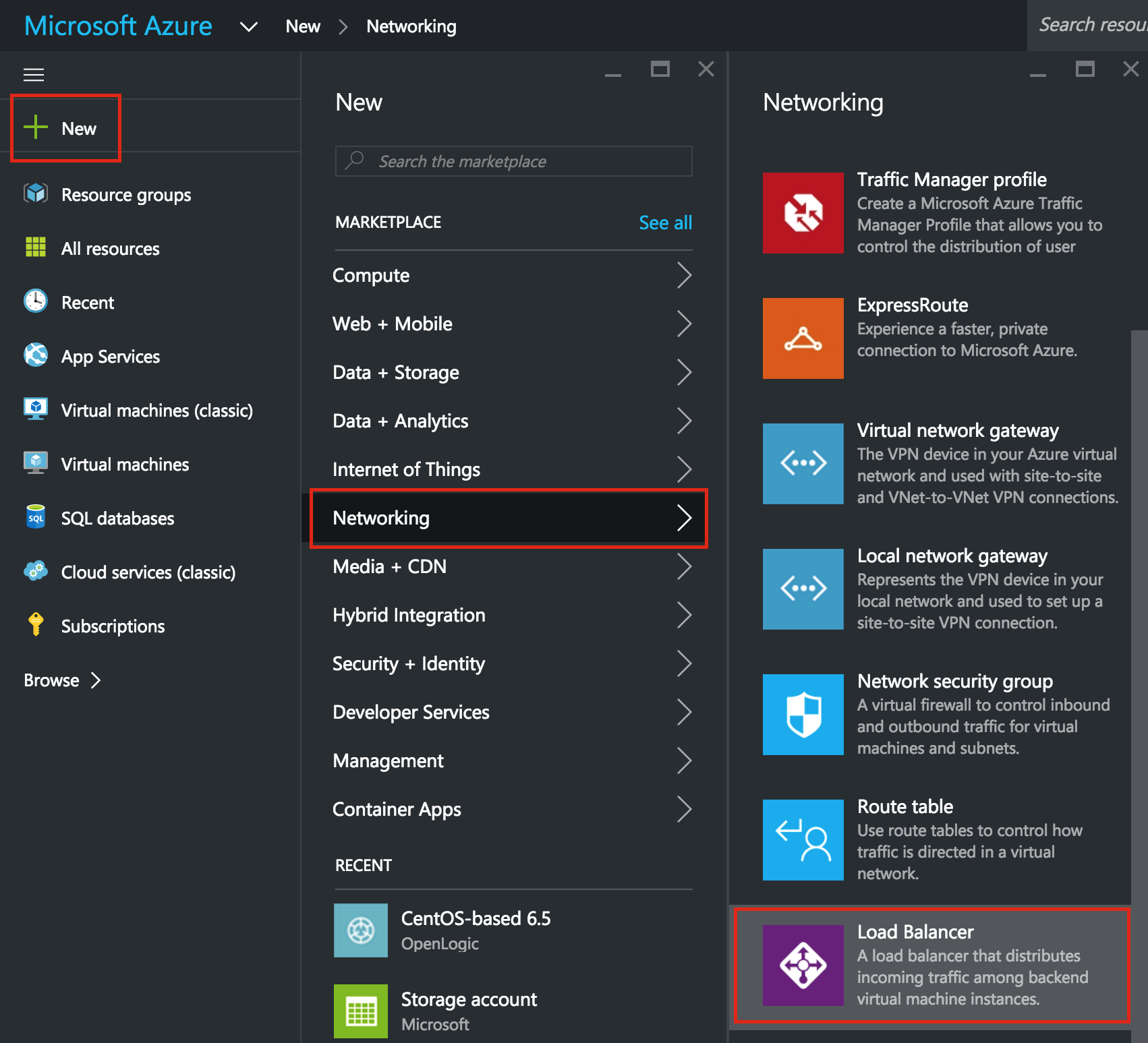
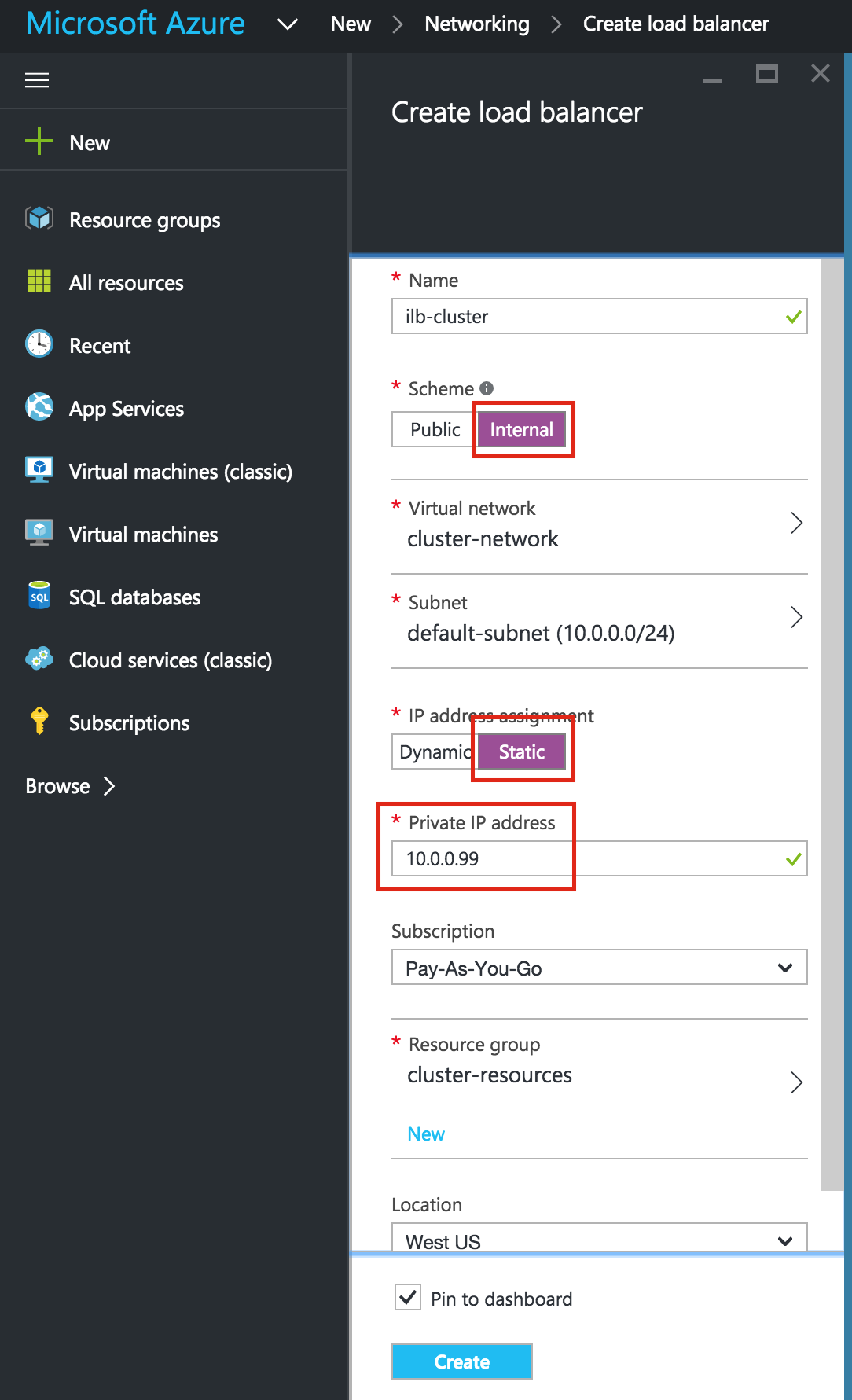
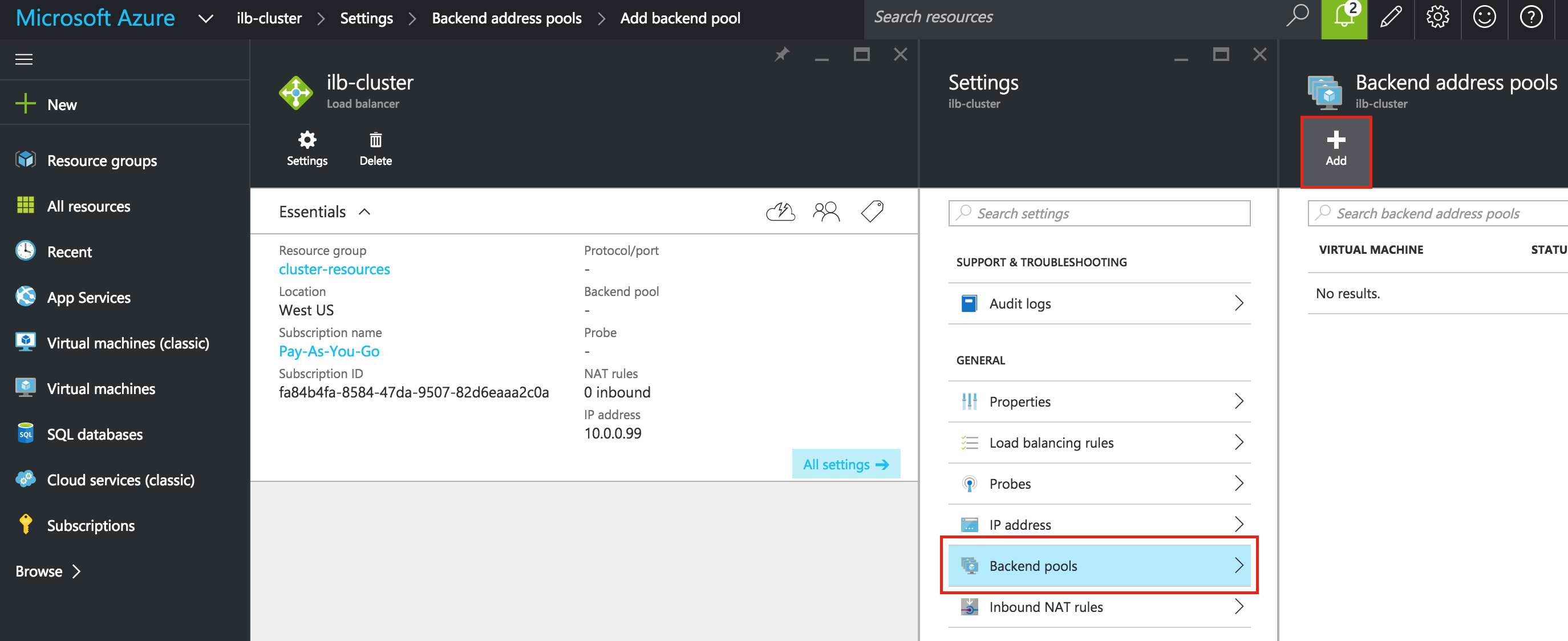

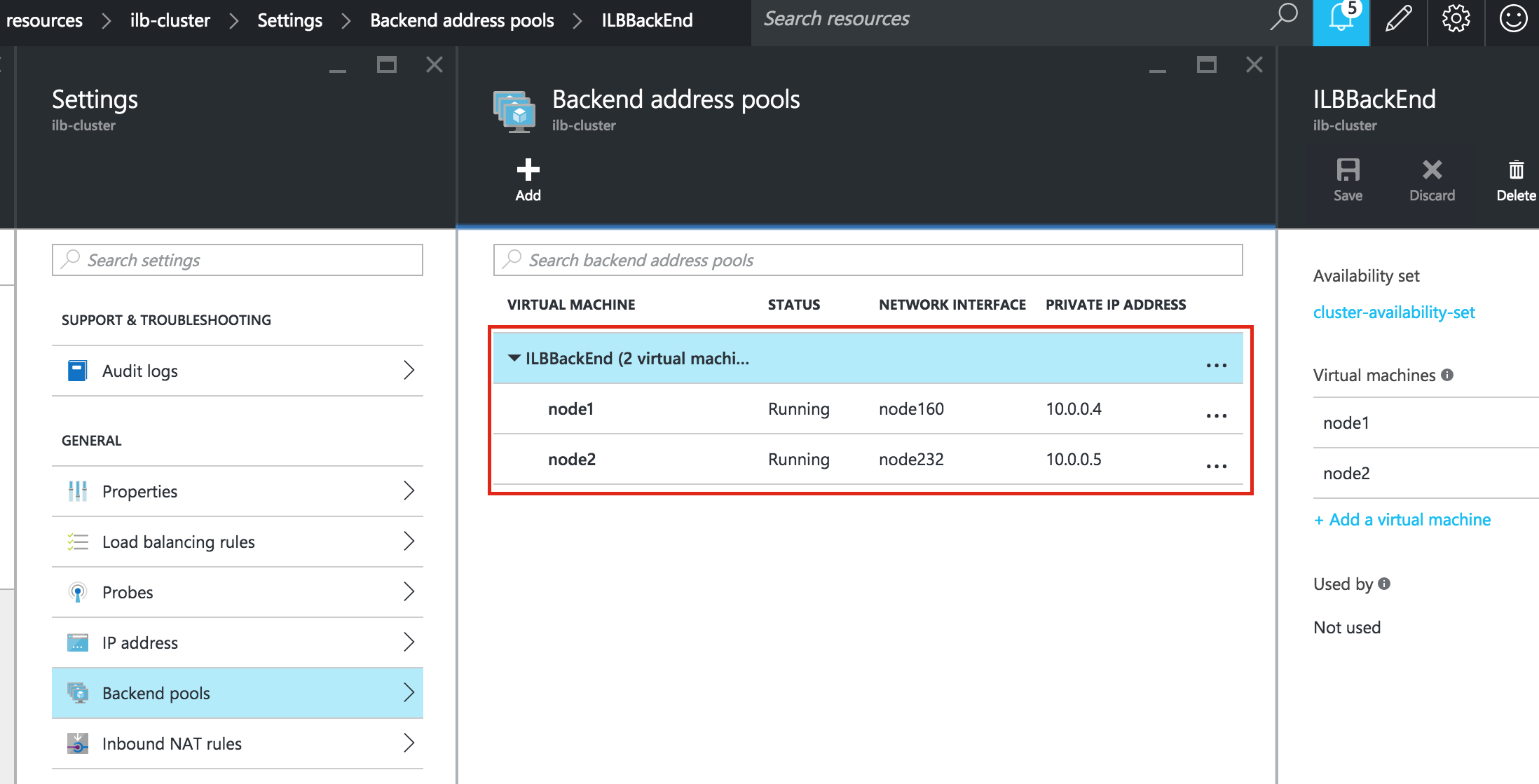
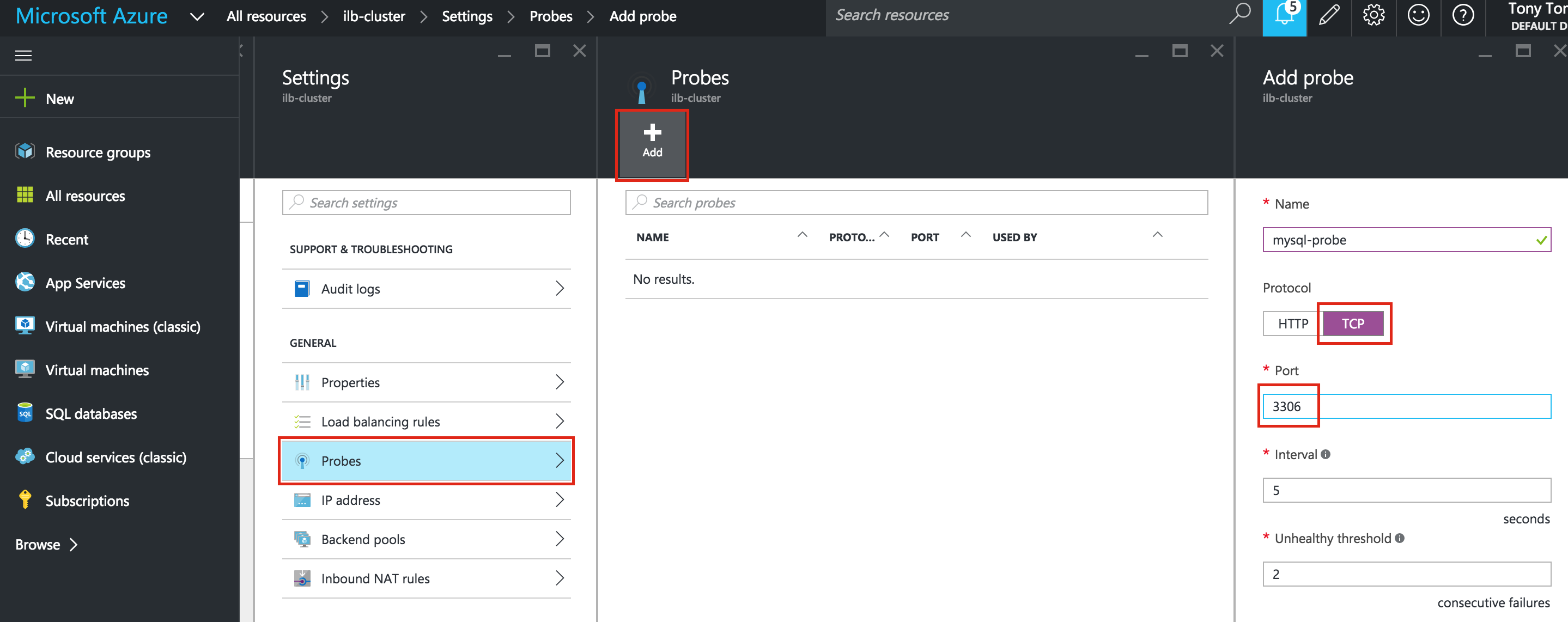
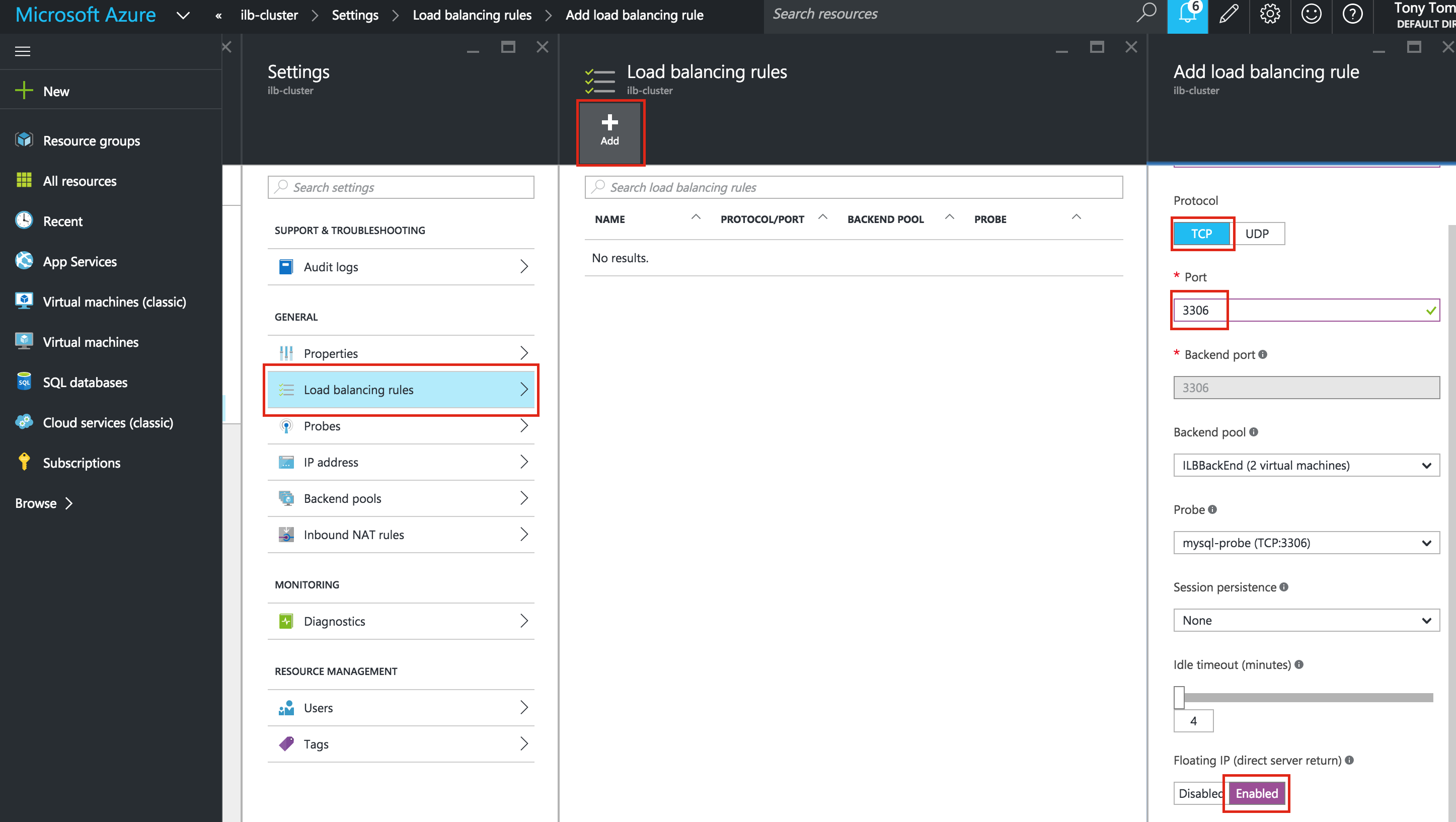
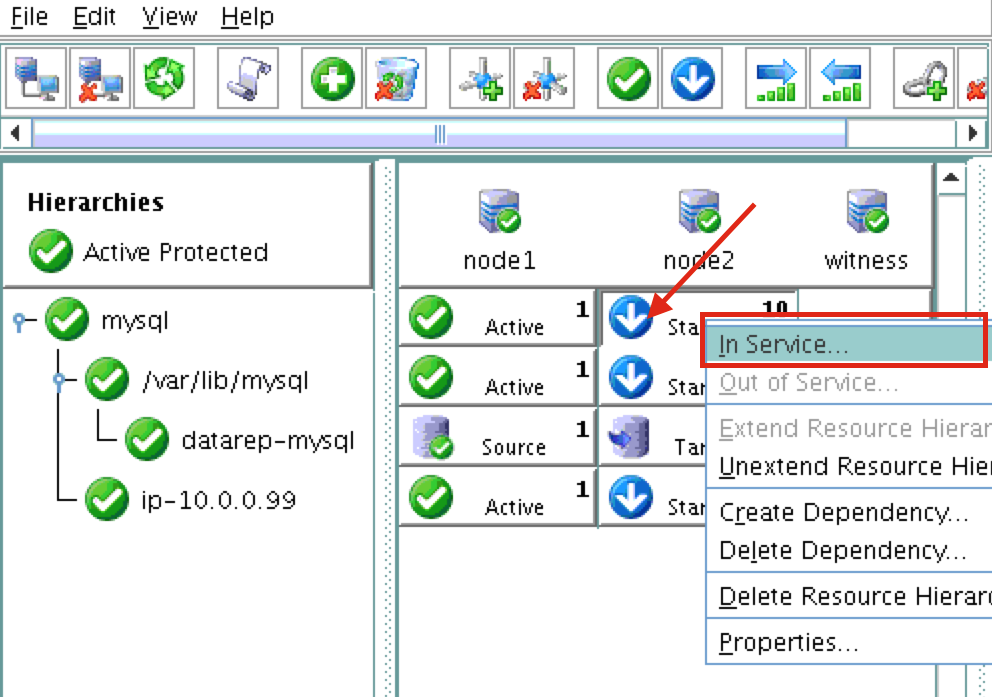
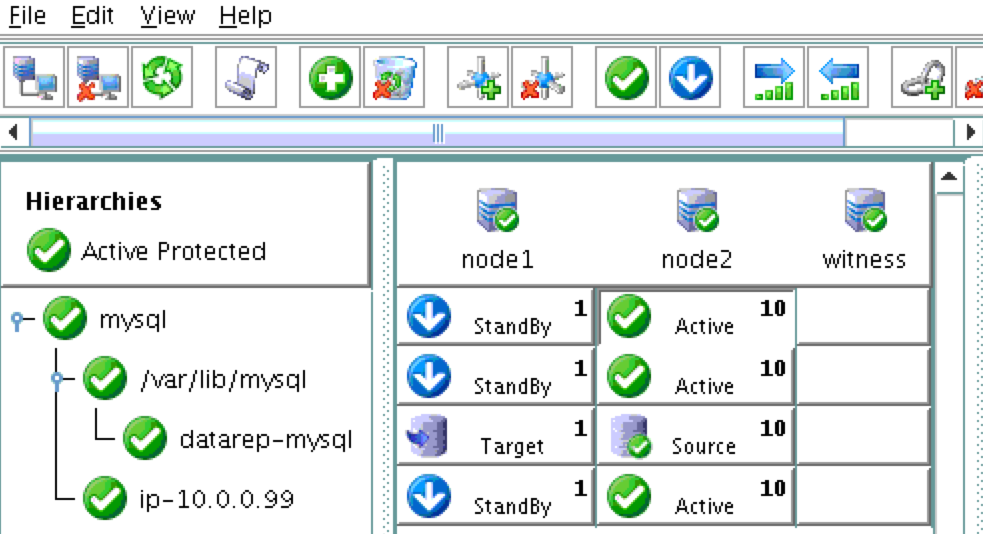
[…] Disclaimer: Azure is a rapidly moving target. And here I’m working with a public preview version of SQL Server for Linux. As such, features/screens/buttons are bound to change before SQL v.Next is officially released so your experience may vary slightly from what you’ll see below. While this guide will show you how to make a SQL Server for Linux database highly available, you could certainly adapt this information and process to protect other applications or databases, like I have written about before here (MySQL example). […]
Simply wanna remark that you have a very nice website, I enjoy the layout it really stands out.
always i used to read smaller articles which as well clear their motive, and
that is also happening with this piece of writing which I am reading at this place.
I precisely desired to say thanks once more. I do not know the things I
would’ve gone through in the absence of these creative concepts shared by you
regarding that problem. It had been a real scary case for me personally, but being able to see the expert approach you
treated that forced me to cry for gladness. I will be grateful for the help and in addition pray you comprehend what a
powerful job you are always providing teaching many people by way of a site.
I know that you’ve never got to know any of us.
That is very attention-grabbing, You are an overly professional blogger.
I’ve joined your feed and stay up for in the hunt for extra of your
great post. Also, I have shared your web site in my social networks
Loving the info on this website, you have done outstanding job
on the posts.
Awsome post and straight to the point. I don’t know
if this is truly the best place to ask but do you guys have any thoughts
on where to get some professional writers? Thank
you 🙂
I believe you have remarked some very interesting details, regards
for the post.
I believe you have remarked some very interesting details, appreciate it for the post.
I do not know whether it’s just me or if perhaps everyone else encountering
problems with your site. It looks like some of the text within your content
are running off the screen. Can somebody else please comment and let me know if this is happening to them as well?
This may be a problem with my browser because I’ve had this
happen previously. Thank you
There is certainly a great deal to know about this subject.
I like all of the points you’ve made.
I carry on listening to the rumor lecture about getting
free online grant applications so I have been looking around for the finest site to get
one. Could you tell me please, where could i find some?
Very well written post. It will be beneficial to everyone who employess it, including myself.
Keep doing what you are doing – looking forward to more posts.
Well I truly liked studying it. This information offered
by you is very practical for accurate planning.
Perfectly written articles, appreciate it for selective information.
Nice post. I used to be checking constantly this weblog and I am inspired!
Extremely useful info particularly the final part 🙂 I take care of such info a lot.
I was looking for this particular info for a long time.
Thank you and good luck.
Thank you for your site post. Jones and I
are saving for our new ebook on this theme and your blog post has made
us to save money. Your thoughts really responded all our problems.
In fact, greater than what we had thought of in advance of the time we ran into your superb blog.
We no longer have doubts along with a troubled mind because you have attended to the needs in this article.
Thanks
You actually make it seem really easy along with your presentation however I to find this matter to be actually something which I think I might by no means understand.
It kind of feels too complicated and very extensive for me.
I am having a look forward on your next submit,
I’ll try to get the dangle of it!
After checking out a number of the blog articles on your web site, I really appreciate your way of writing a blog.
I book-marked it to my bookmark webpage list and will be
checking back in the near future. Please visit my website too and
let me know how you feel.
Hello.This article was really motivating, particularly
because I was browsing for thoughts on this subject last
Friday.
Some genuinely interesting info, well written and broadly speaking user pleasant.
I am impressed with this website, really I am a big fan.
Aw, this was an incredibly good post. Spending some time and actual effort to create a top notch article…
but what can I say… I put things off a lot and don’t seem to
get anything done.
Good site! I truly love how it is simple on my eyes and the data are well written. I’m wondering
how I might be notified when a new post has been made.
I’ve subscribed to your RSS feed which must do the trick!
Have a great day!
Hello.This post was extremely fascinating, especially because I
was investigating for thoughts on this topic last week.
Excellent weblog here! Additionally your web site a lot up very fast!
What web host are you the usage of? Can I get your affiliate hyperlink
on your host? I want my web site loaded up as fast as yours lol.
First-class info it is without doubt. My friend has been seeking for this tips.
Some genuinely quality posts on this website, bookmarked.
You have noted very interesting details! ps nice website.
Truly when someone doesn’t know after that its up to other users that they will assist, so here it happens.
I like this website so much, bookmarked.
I was wondering if you ever thought of changing the page layout of your
blog? Its very well written; I love what youve got to say.
But maybe you could a little more in the way of content so
people could connect with it better. Youve got an awful lot of text
for only having one or two images. Maybe you could space it out better?
Yeah bookmaking this wasn’t a speculative determination outstanding post!
Excellent post. I was checking continuously this blog and I am inspired!
Extremely useful information specifically the last phase 🙂 I care for such info
a lot. I was looking for this certain info for a long time.
Thanks and best of luck.
It’s hard to come by educated people in this particular topic,
but you seem like you know what you’re talking about!
Thanks
Thank you for any other informative web site. The
place else could I am getting that kind of information written in such a
perfect method? I have a project that I’m just now operating on, and I’ve been at the glance out for such information.
I almost never comment, however I read a great deal of responses here Step-By-Step:
How to configure a Linux failover cluster in Microsoft Azure IaaS without
shared storage #azure #sanless – LinuxClustering.net.
I actually do have a few questions for you if it’s okay.
Is it only me or does it give the impression like some of the responses come across like
they are coming from brain dead folks? 😛 And, if you are posting on other online social
sites, I would like to keep up with everything new you have to post.
Could you make a list of the complete urls of your social community sites like your linkedin profile,
Facebook page or twitter feed?
Thank you for the blog post. Jones and I have already been saving
for just a new publication on this matter and your blog post has
made people like us to save all of our money.
Your thoughts really responded to all our inquiries.
In fact, a lot more than what we had recognized prior to when we
came across your wonderful blog. My spouse and i no longer have doubts as well as
a troubled mind because you have attended
to our needs in this article. Thanks
Awsome article and right to the point. I don’t know if this is actually the
best place to ask but do you people have any thoughts on where
to get some professional writers? Thanks in advance :
)
I don’t commonly comment but I gotta admit thank
you for the post on this one :D.
As I site possessor I believe the content material here is rattling excellent , appreciate it for your hard work.
You should keep it up forever! Best of luck.
I read this paragraph completely concerning the difference of most up-to-date and preceding technologies, it’s amazing article.
Piece of writing writing is also a excitement, if you be acquainted with
afterward you can write otherwise it is complicated to write.
Thank you very much ..
Great article, would it be possible to use this method to have a HA failover of servers with Plesk?
[…] this guide. Creating a VNet is pretty straightforward, and I’ve covered creating one here if you need a […]